Biomorph abstract graffiti by Italian artist 108: From letters to enigmatic numbers
Industrial environment: Skateboard, Punk and graffiti writing
Born in 1978 in Alessandria, a city in Piedmont, located in the northwest of Italy, Guido Bisagni aka 108 grew up in a small city, where he still lives today as well as in Milano. It was a military region since the medieval times and later on a main industrial city, in crisis after the 70s. In his family, his mother used to paint and collect comic books, especially by Italian and French cartoonists like Druillet, Crepax or Pratt. As a child, 108 spend a lot of time with his grandparents. His grandfather was a metalworker in a local factory and showed him how to use tools and how to build little things. 108 started to draw as a child and started to skateboard with 13 years, discovering punk, graffiti and the local independent underground music scene. There was some weird graffiti around in his town at that time, very simple primitive tags, he remembers. He was aware of NY graffiti through some movies of the 80s and some graffiti magazines and started tagging himself. One of his first writer name was EMON, but he and his friends changed their names often to give the impression that they were more and to stay anonymous in their small city. They were doing many tags and silver pieces and founded the skate crew „Esselunga Posse“ (from the name of supermarket where they used to skate), around 1995 becoming the crew PRC with some other local writers, together with NEK (R.I.P.) and SUEDE (nowadays known as Dr.Pira, one of the greatest Italian comic artist). They were all into Hardcore Punk at that time. They painted together a lot and in 2000 they founded the OK crew with writers from other cities like PEIO, DEM, ARIS, ALFANO, PUNTO and others.
At that time the young Italian writer painted a few trains with his crew, but he never liked it very much. His favorite thing was to paint silver pieces along the line. There was a large train station in his small city, after 2000 many writers came there especially to paint trains. In 1997/98, 108 was going to graffiti conventions with his writer friends to collect spray cans. During that time they discovered many abandoned factories in the northwest of Italy, the most industrialized area in the country. All those lost places were perfect to meet, paint and party. End of the 90s, 108 started to use rollers, stickers, and other medias, being bored about bombings and night actions.

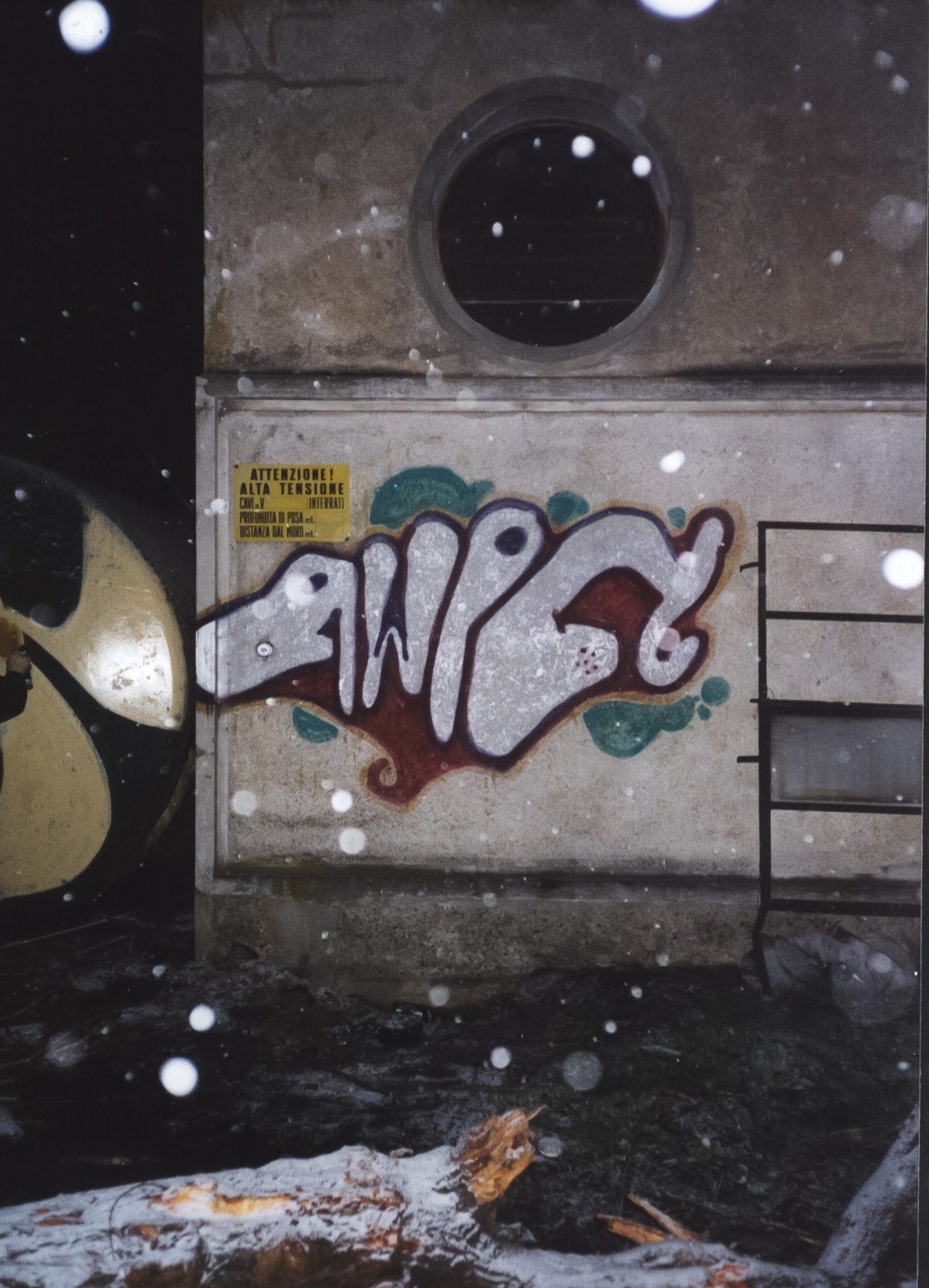
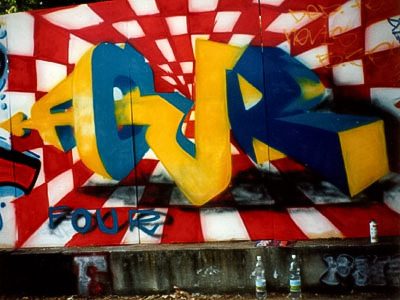

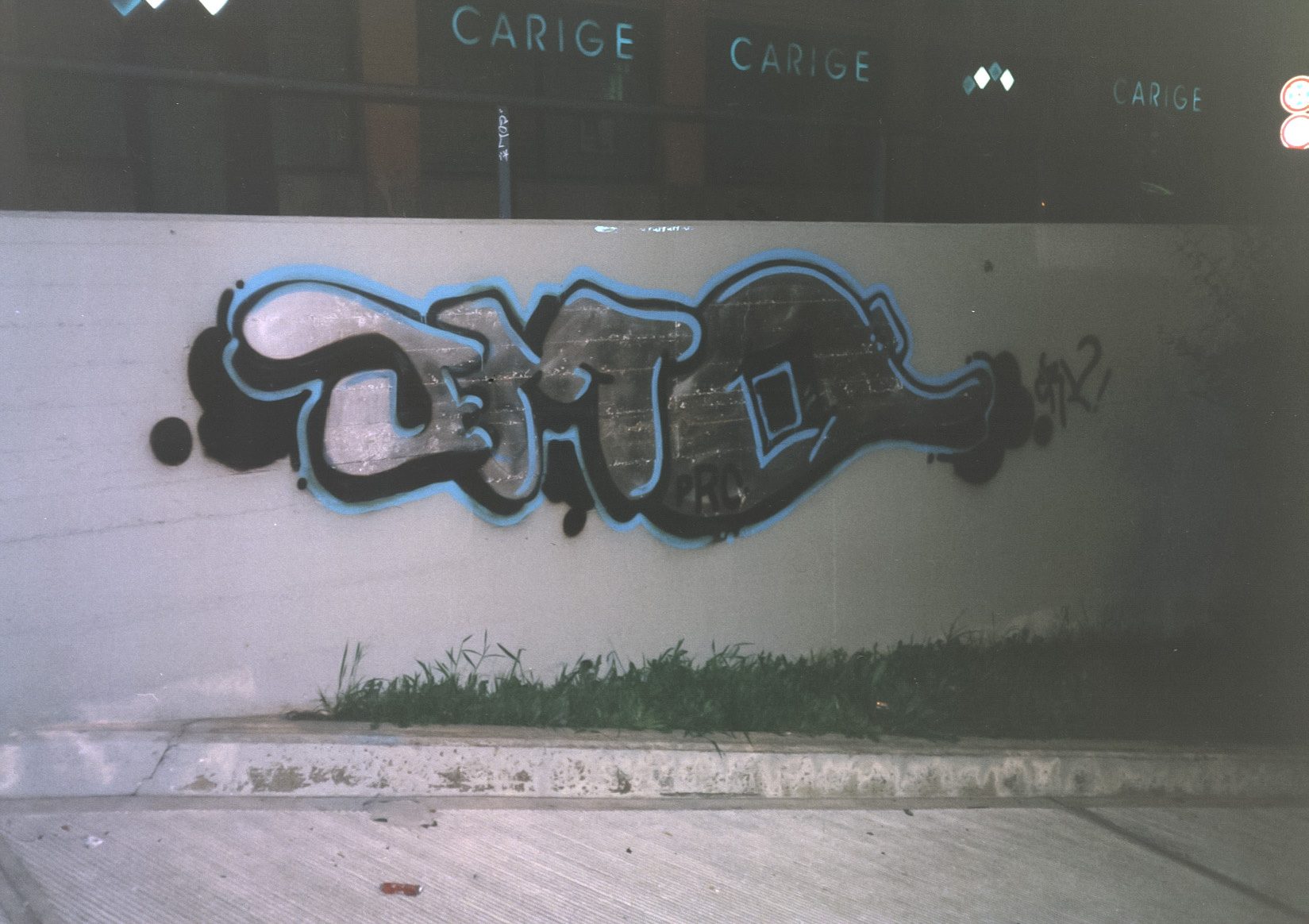
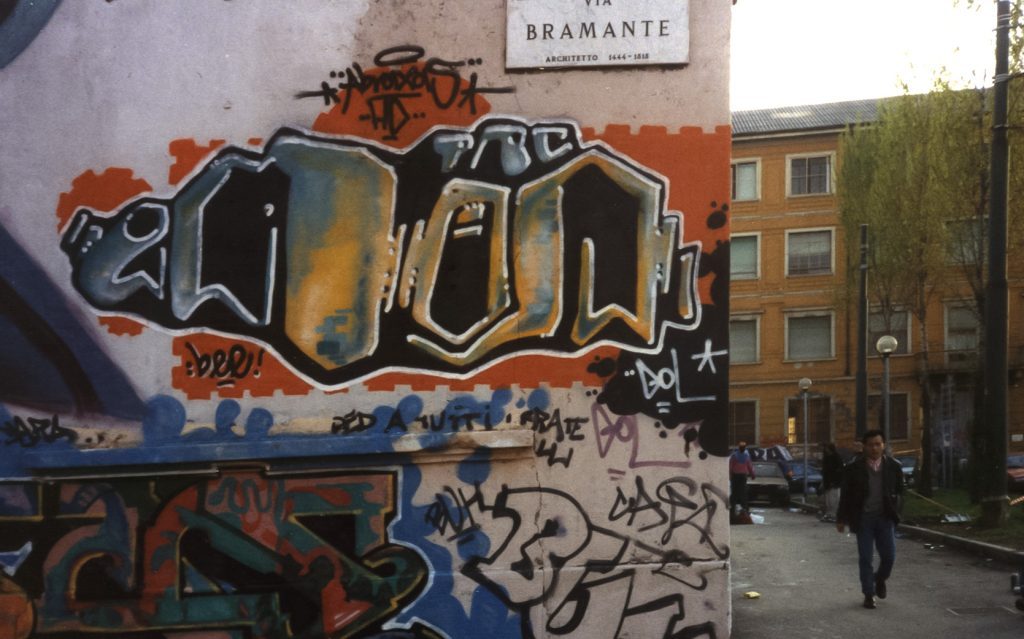
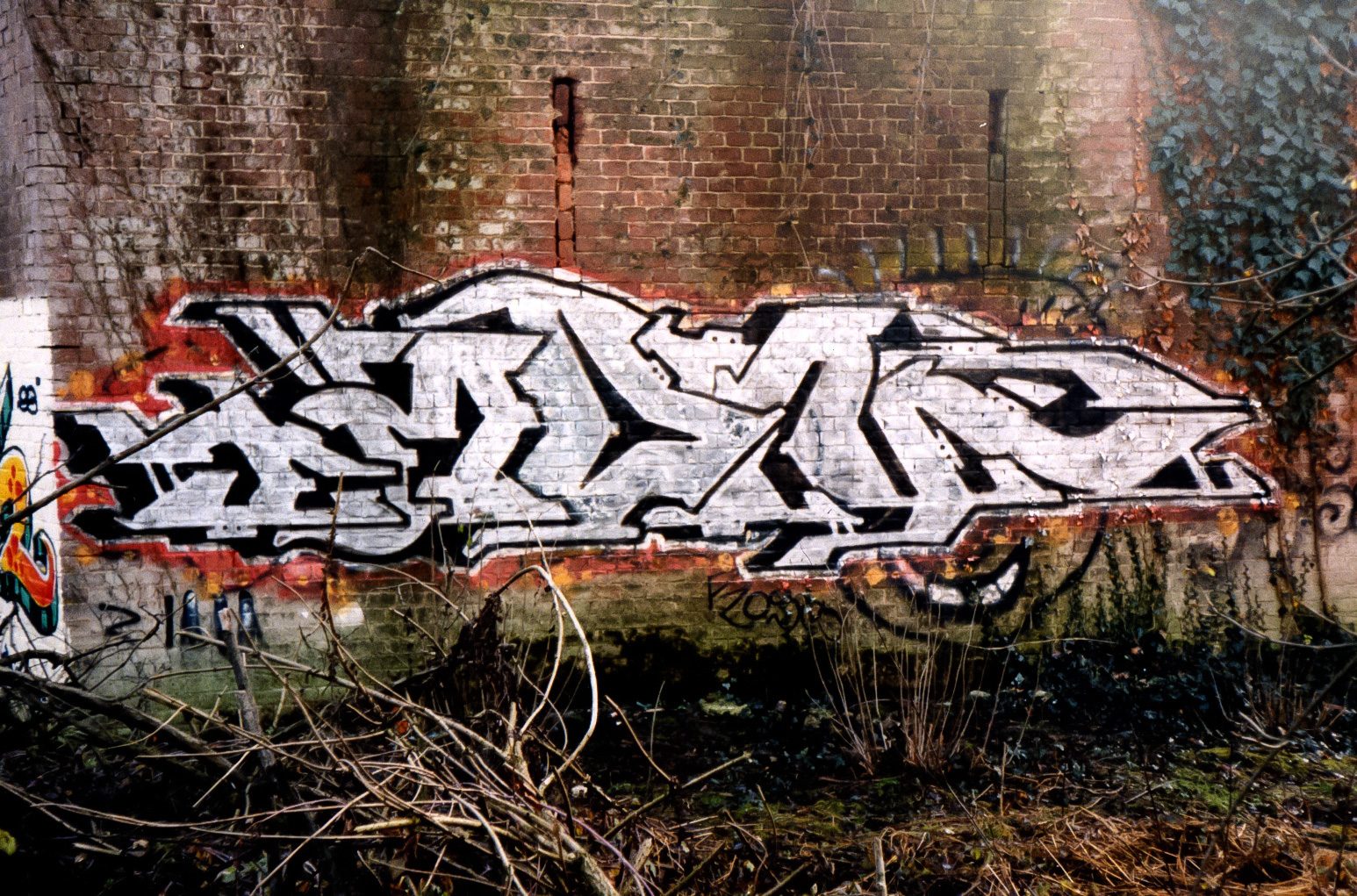

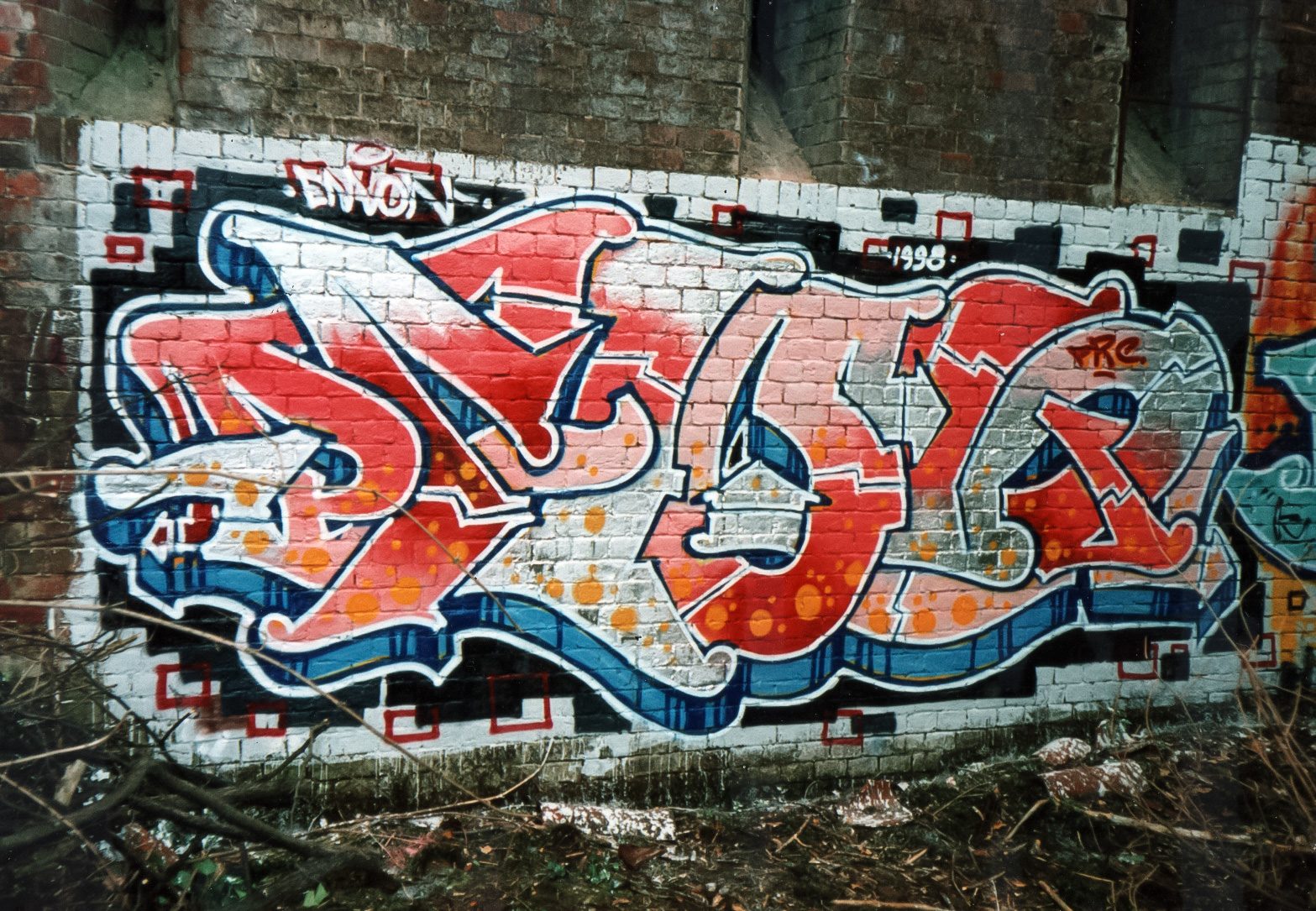
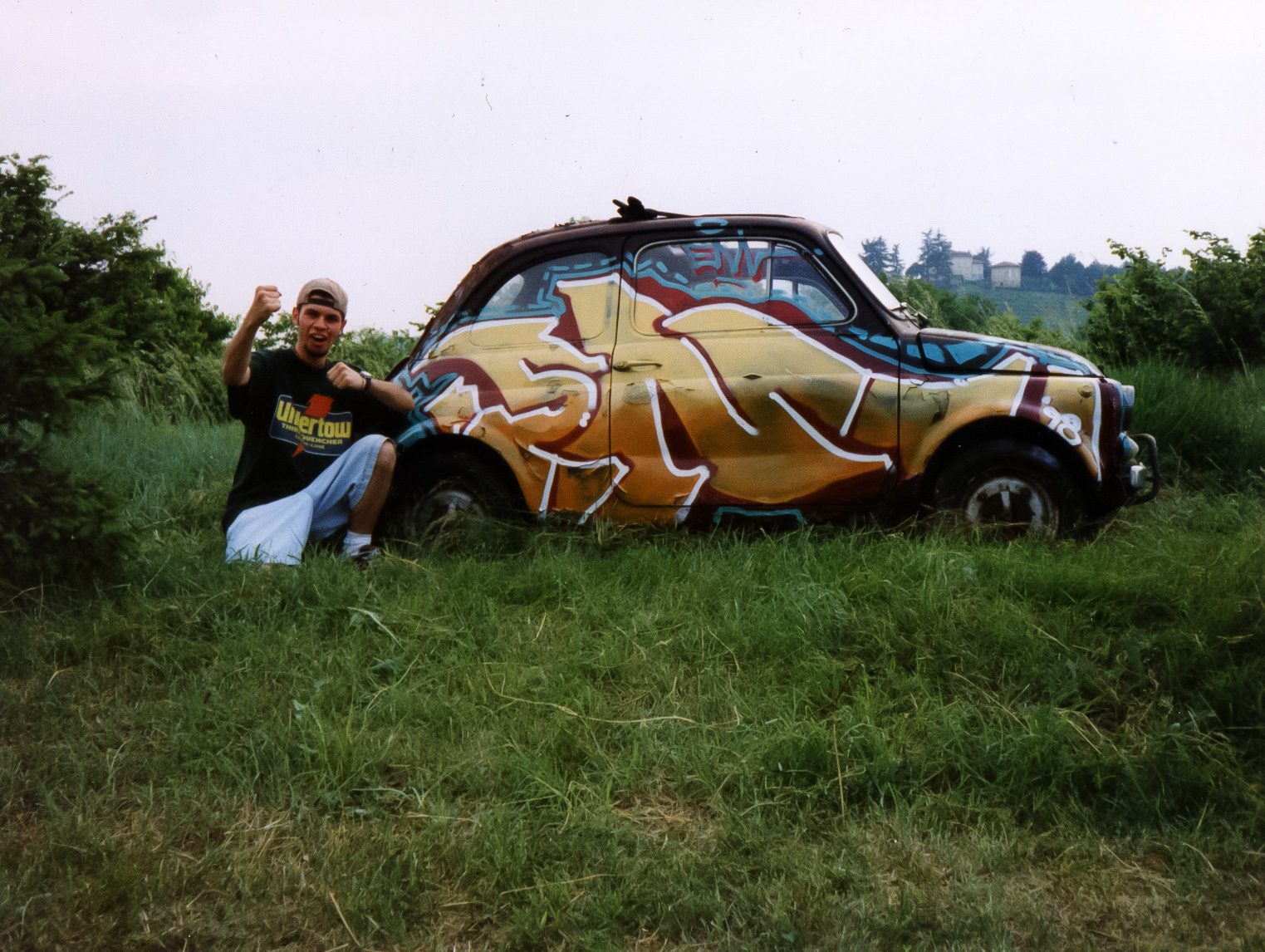
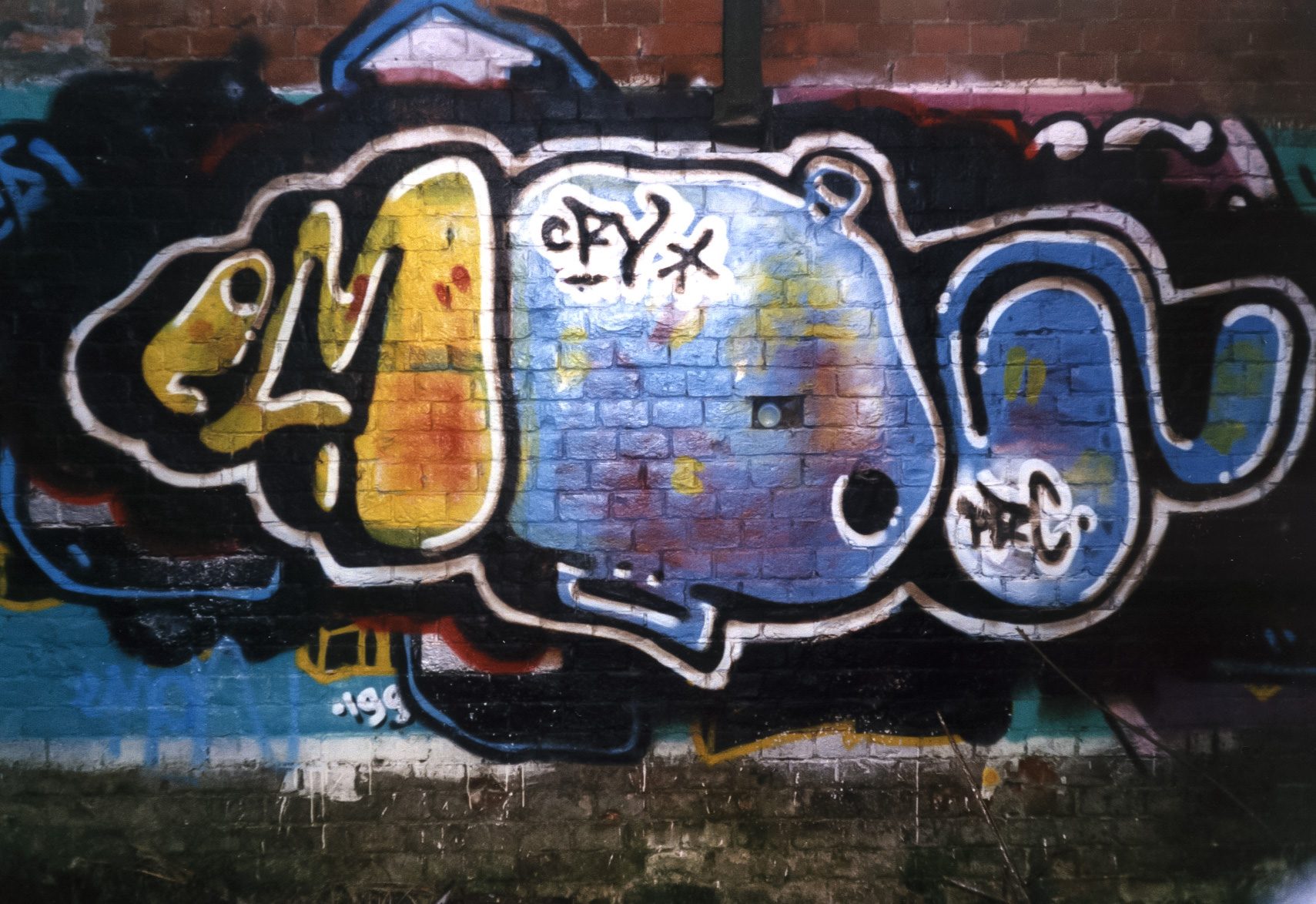
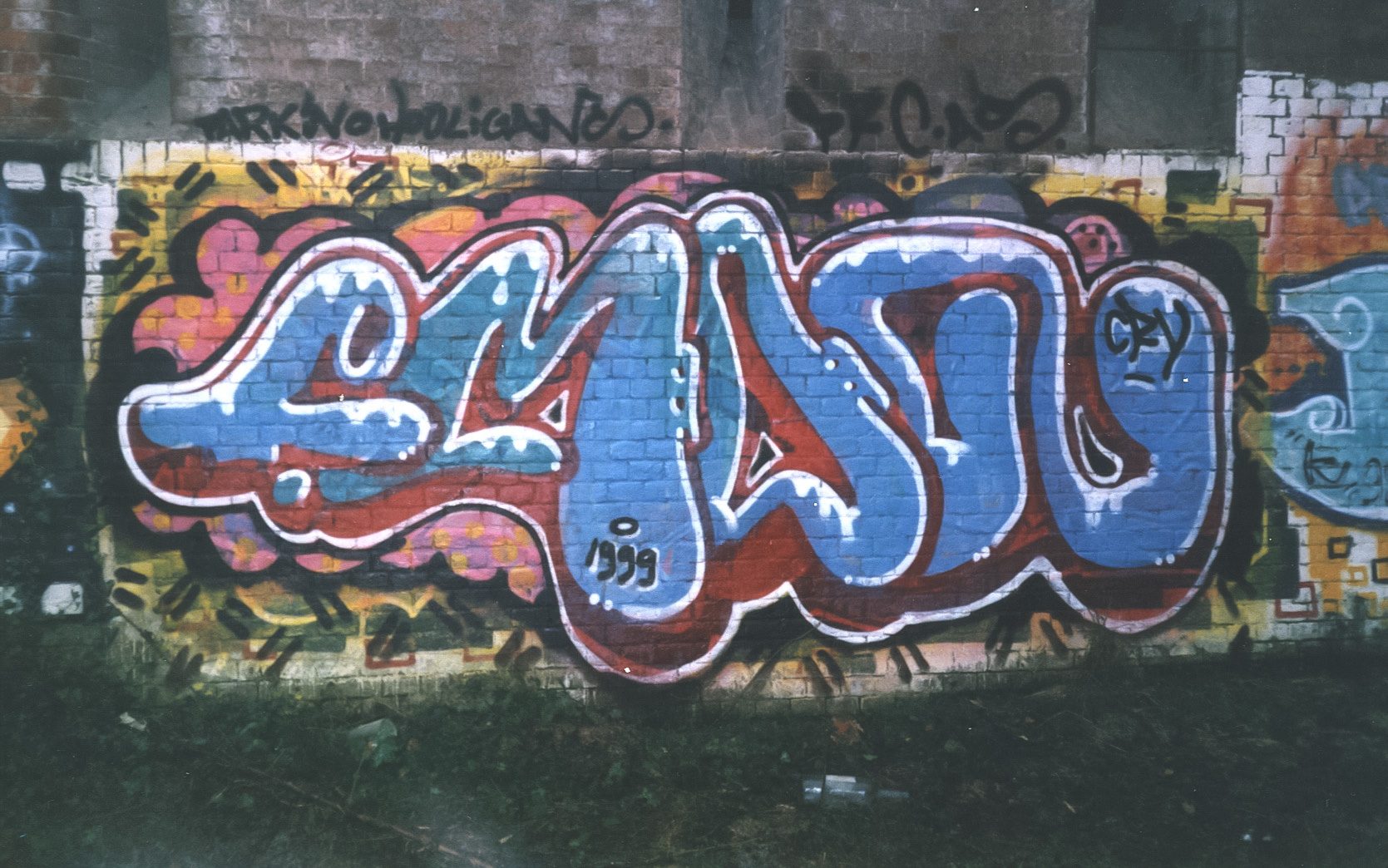
Sources of inspiration
Like everyone who started to paint graffiti in Italy in the 90s, many writers were influenced by American graffiti and especially by the style of New Yorker Phase 2 in the beginnings. In Milan the local writer RAE (or RAX E) had a strong impact with his wild style and dynamic letters, and one of the greatest graffiti writer in Italy in the eyes of 108 was DAFNE. Being female in the trainwriting scene in the mid 90s, she was extraordinary, and her style seemed 50 years ahead of time in his eyes. Other European writers impressed 108 as well, like the Swiss writers DARE, DREAM and the TWS, as well as some punk styles from Paris or some Scandinavian styles. 108 always liked avant-garde styles even in graffiti and in 1997/1998, he was totally into experimental styles. At that time, he lived in Milan to study design at the Polytechnic University of Milan, at the Faculty of Architecture. He was bored by those technical studies but had some great professors in visual design, communication and colors theory, like the artist and color theorist Jorrit Tornquist. 108 was introduced to history of modern art, impressed by the works of futurists, by Malevich, Kandinsky, Itten, Castellani or by Russolo. This knowledge and awareness completely changed his mind and his view on art. During his studies he met a lot of interesting people of the contemporary art scene of Milan, and artists of the present avant-garde as well.
Around 1997, 108 discovered the style writing by French writer STAK (Olivier Kosta-Théfaine) in a magazine. According to him, he was the one who changed everything with his abstract “logos” on trains and walls. It was something new, nothing to do with New York graffiti, it was something European, strong, pure and conceptual, another level, he says. That year, the Italian writer finally changed his name into the number 108 and decided to forget about letters and started his ongoing research about simple forms: „I’m from a generation of people who thought that graffiti had some important relevance in art, so I wanted to do something personal… Letters were no longer important, the style was what I cared about. I mean STAK gave me the idea I guess…“ (…). „At that time I thought it was a good idea to use just a number because nobody I knew used only a number as a name, it was like going against the basic of graffiti, putting your name everywhere, using a number, it was like loosing your name, something iconoclast. And 108 has a meaning for me, it symbolizes the connection between art and spirituality.“
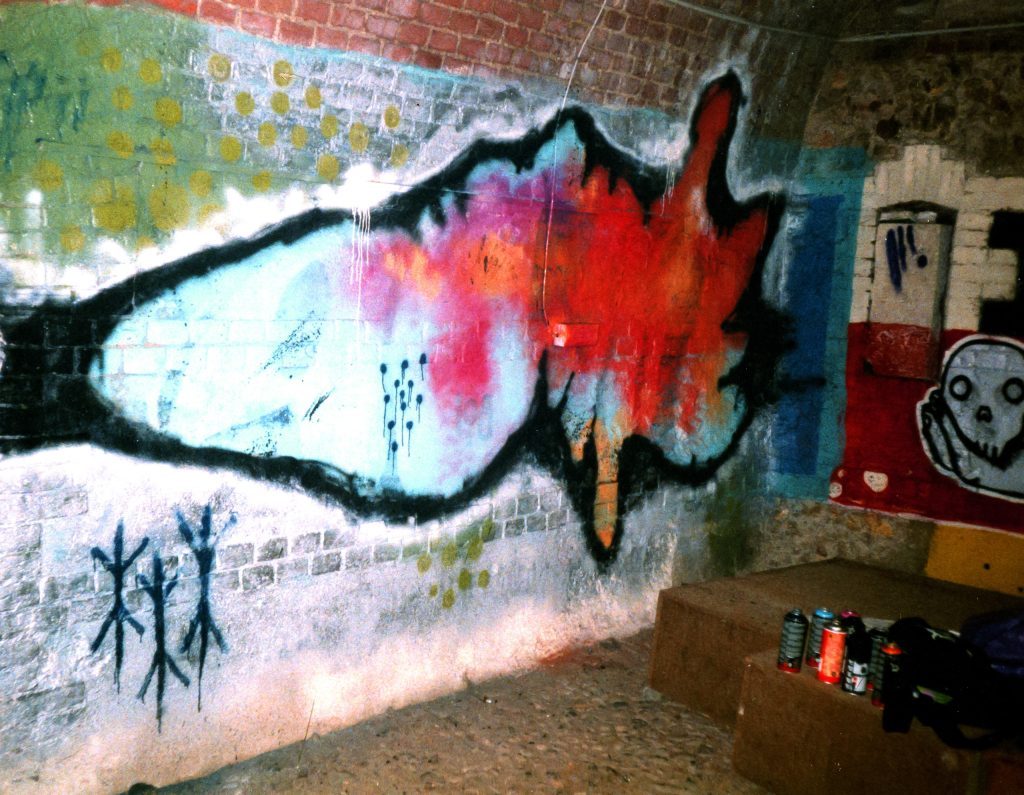
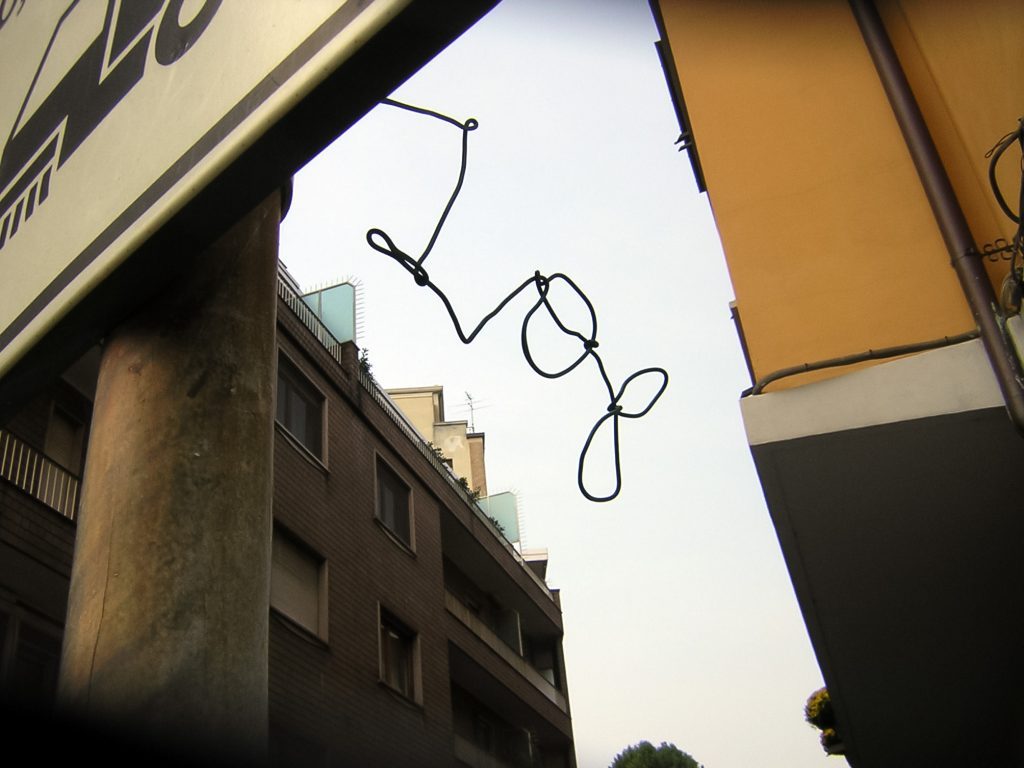
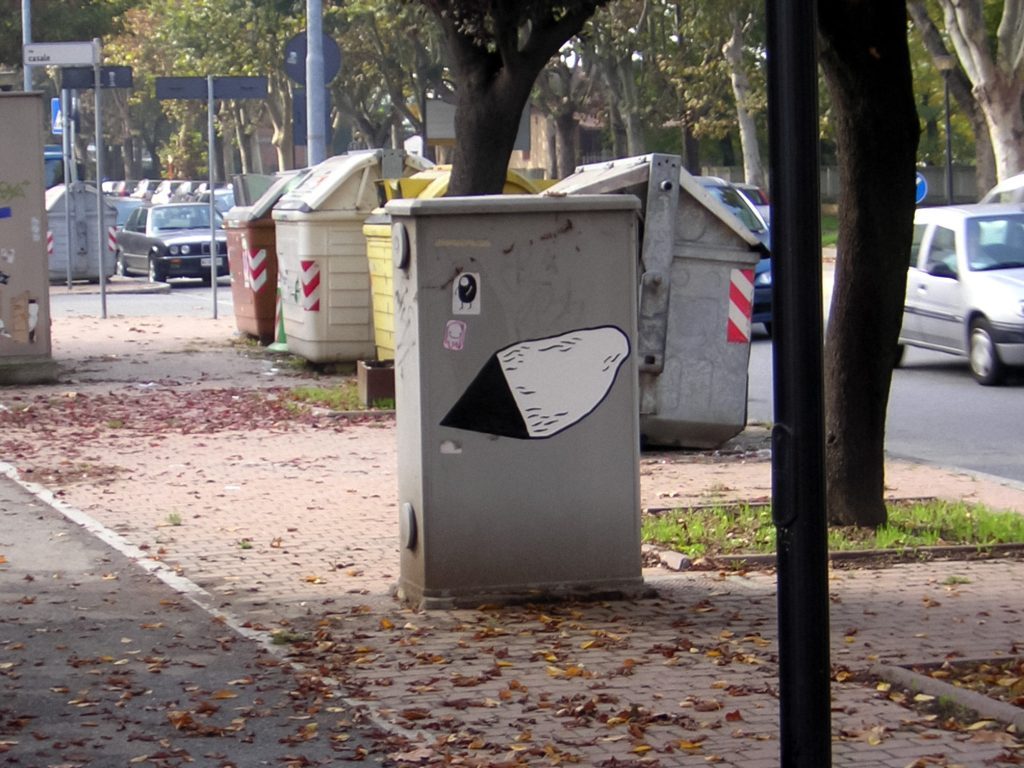
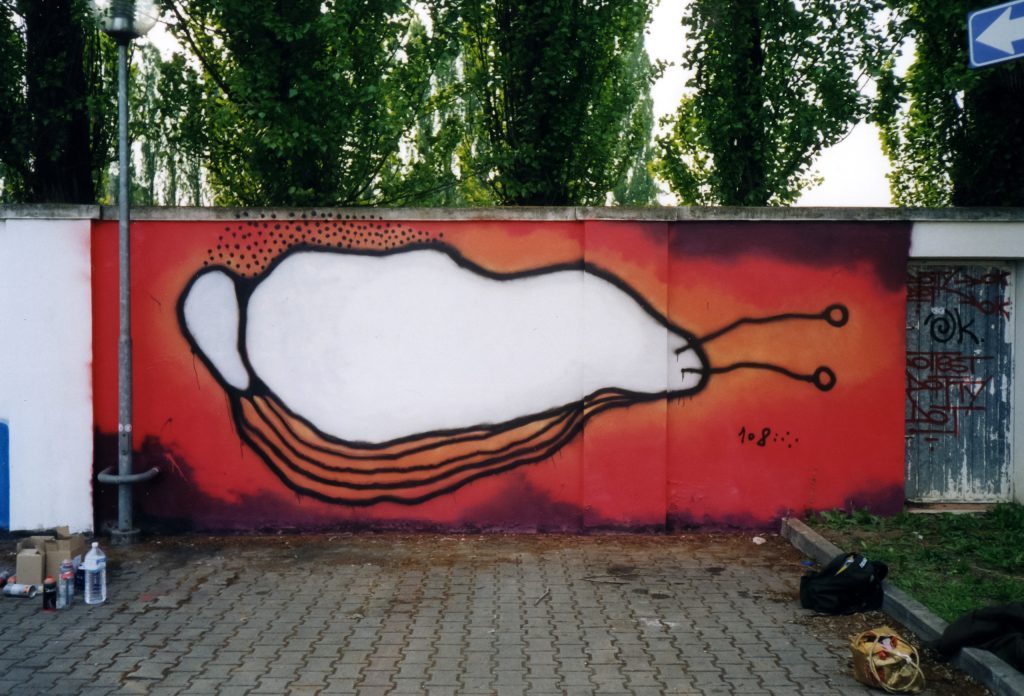

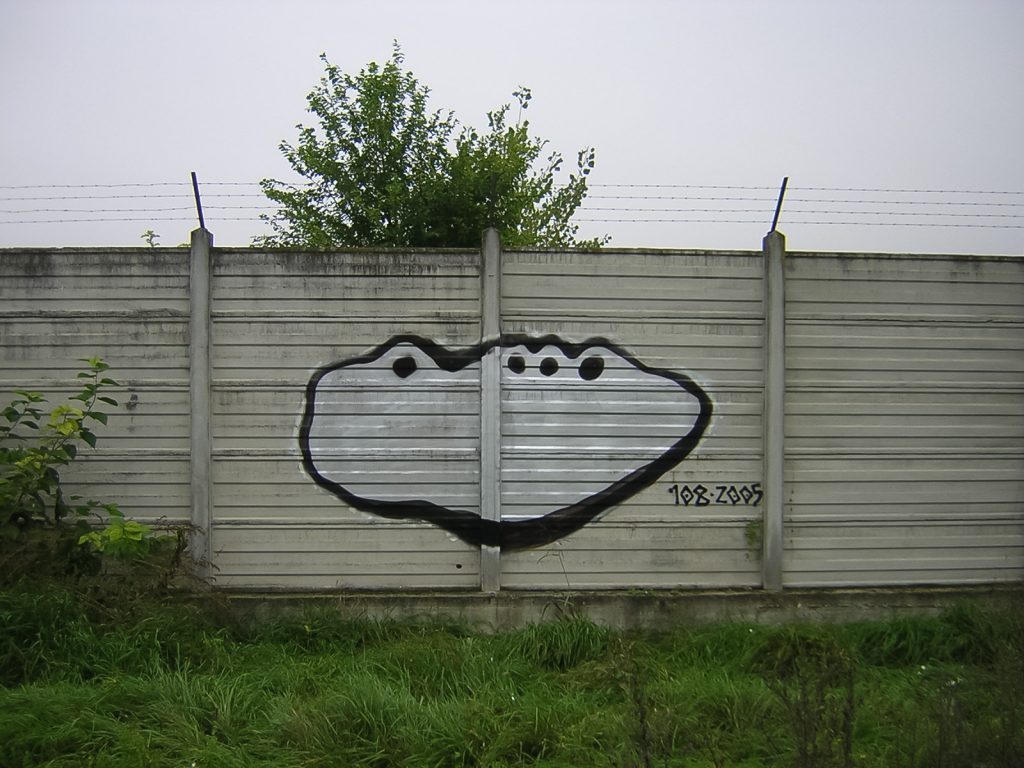
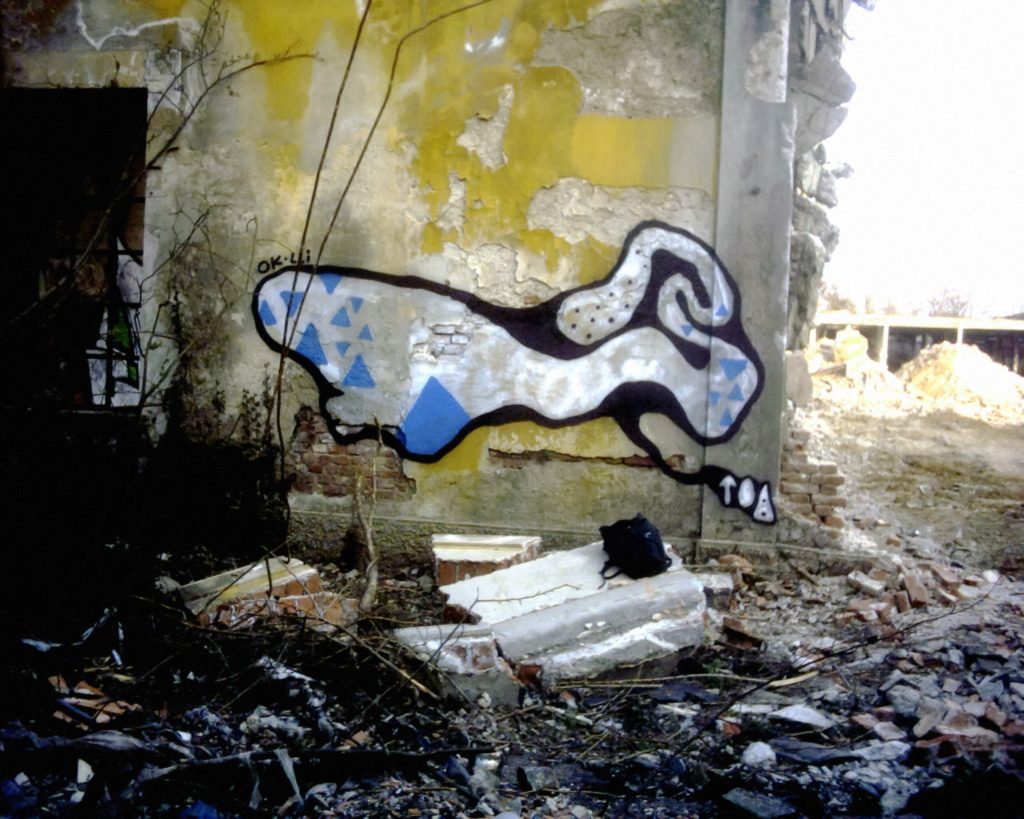

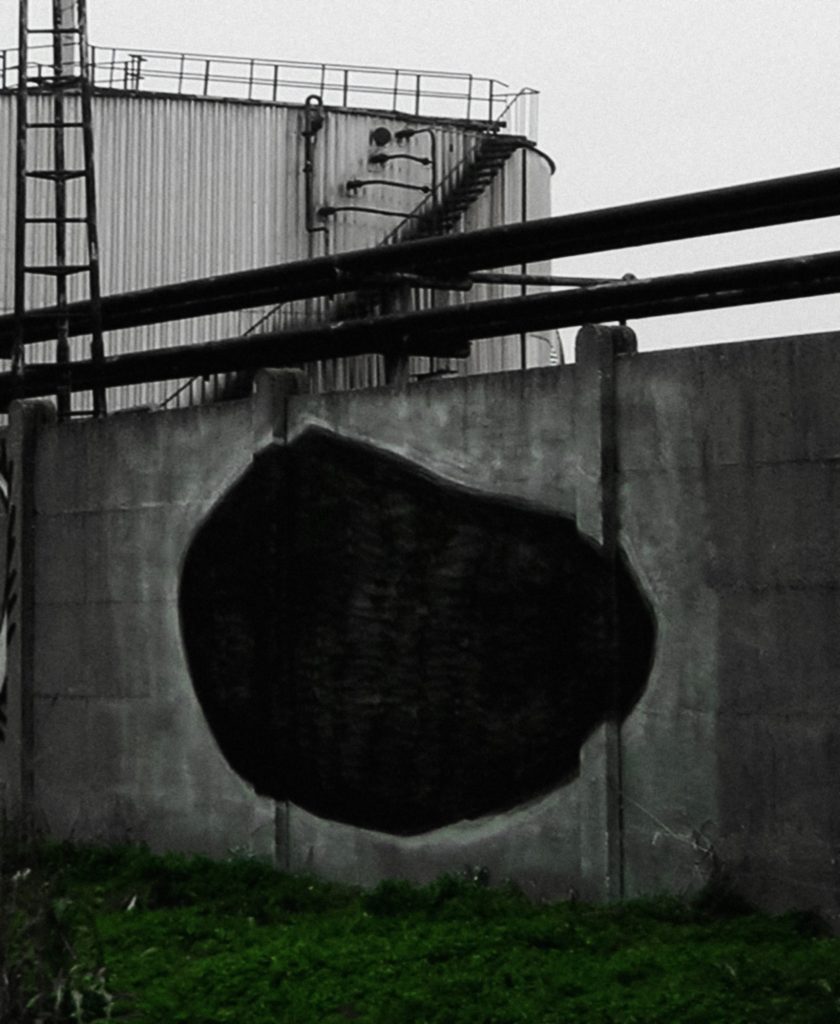
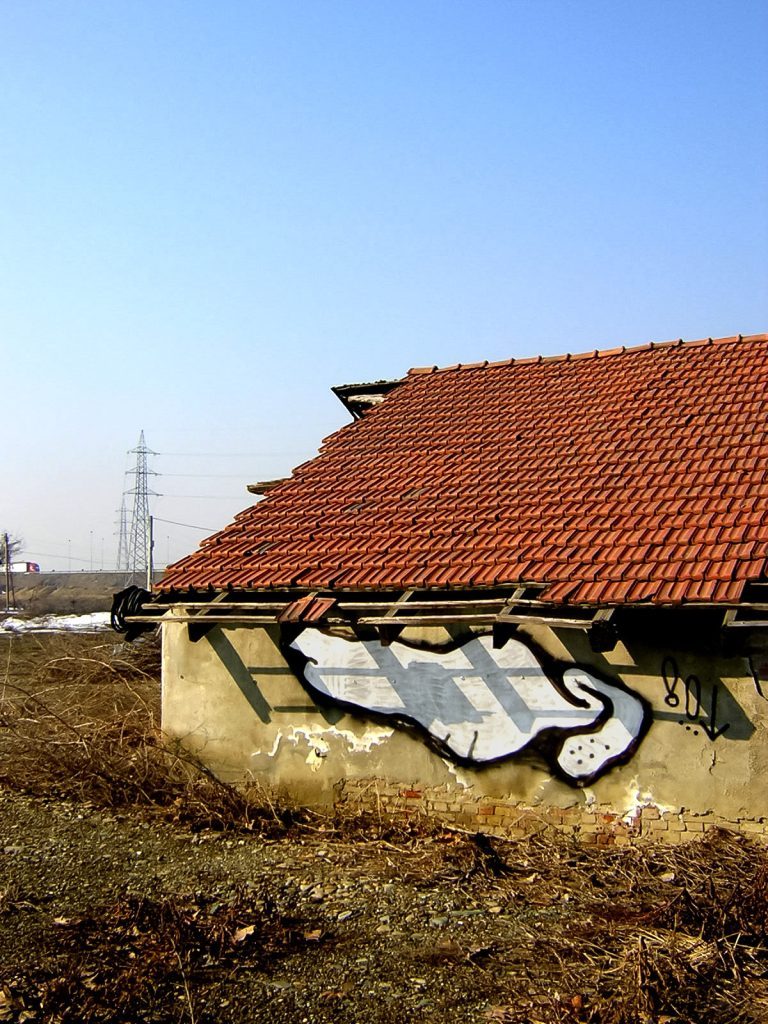
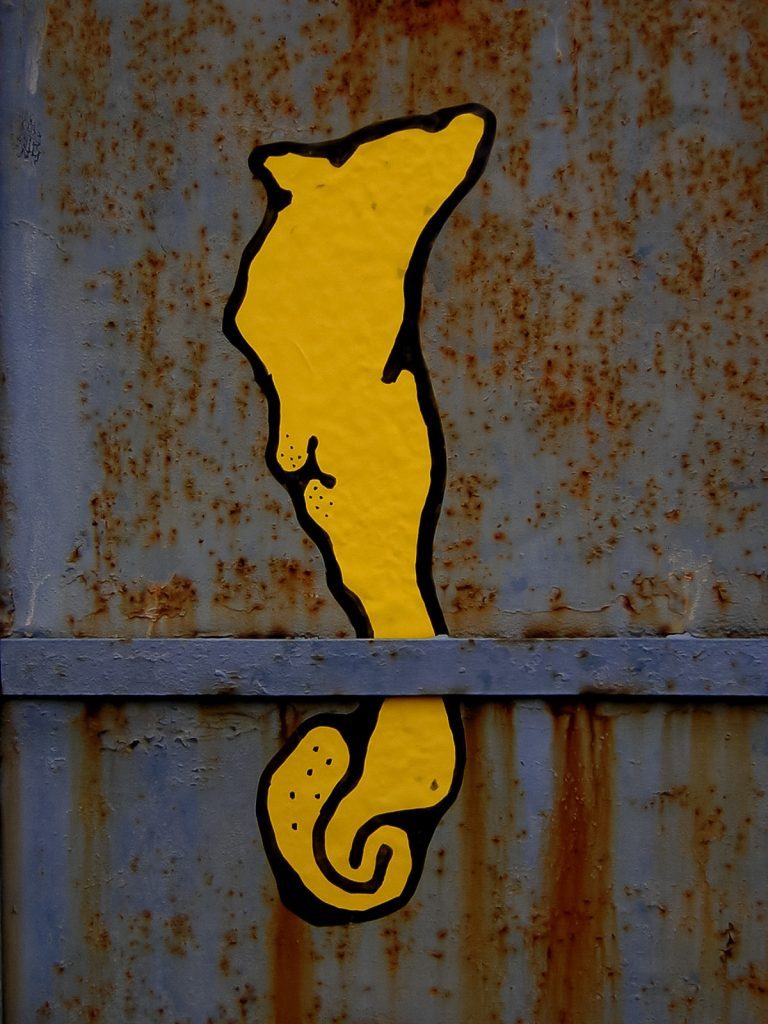
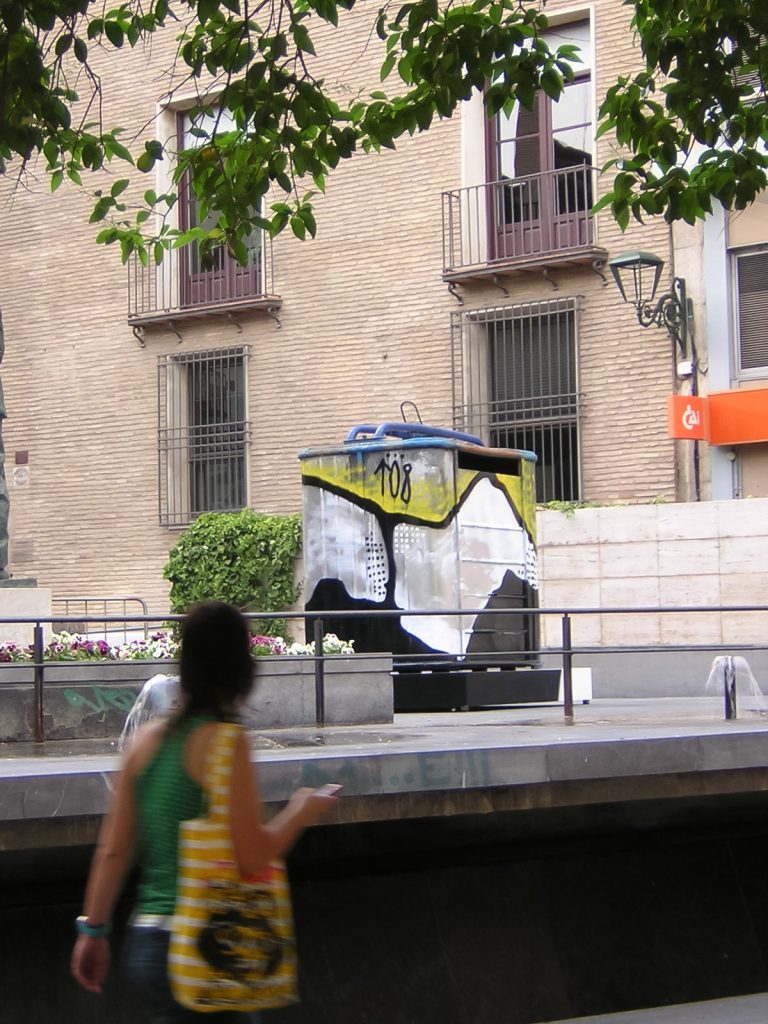

New name, new forms: 108 108 108
About the number 108, one can find different symbolic meanings: 108 has an important meaning for Hare Krishna. It’s a line with 3 circles or a rectangle with 3 squares. And it is a number divisible by 3. According to Buddhists and Hindus, mantras should be repeated 108 times and there are also 108 earthly temptations one must overcome to achieve Nirvana. 108° is the angle of the Pentagon – one of the most significant angles that comprise the golden ratio. For the Italian artist it is a fascinating number, and he has chosen it as his pseudonym/artist name since over 20 years now. This number and its figure intrigue the artist due to its poetic and esoteric connotations, as well as for its formal appearance.At the beginning, he was experimenting new techniques with his new name, making hand made stickers and paste ups as well. His girlfriend helped him at that time, she made a lot of 108 things, probably the best of those yellow stickers, he remembers : „In Milano, a friend and I lived in a small place full of stuff we found on the street. We had this roll of adhesive tape of plastic/paper, it was yellow, I wanted to use it and one day I started to cut it into random shapes. The “108” shapes were born like this. I also made some past ups. I was experimenting all the time, for me, it was all about that, a kind of game. Furthermore, I never planned to be an artist, I mean as a full time job. The problem was I had no money, it was difficult to buy spray cans. So I started to make stickers and all that things. For the paste ups, I used wrapping paper, painted in black using a lot of water. It was so bad, I think most of the stuff I did those years was bad, ugly and too rough… we didn’t even document it most of the time. Anyway ,I was going the opposite direction of the colorful puppets or technical letters people were painting on walls those days, but it was important.“ For some years in the beginning of 2000, 108 travelled to several cities, including Berlin, New York, London, Paris and Oslo and left over 3000 of his adhesive stickers, many as well in Italy, influencing a whole generation of the emerging street art scene with his innovative style in the beginnings of the new millennium.



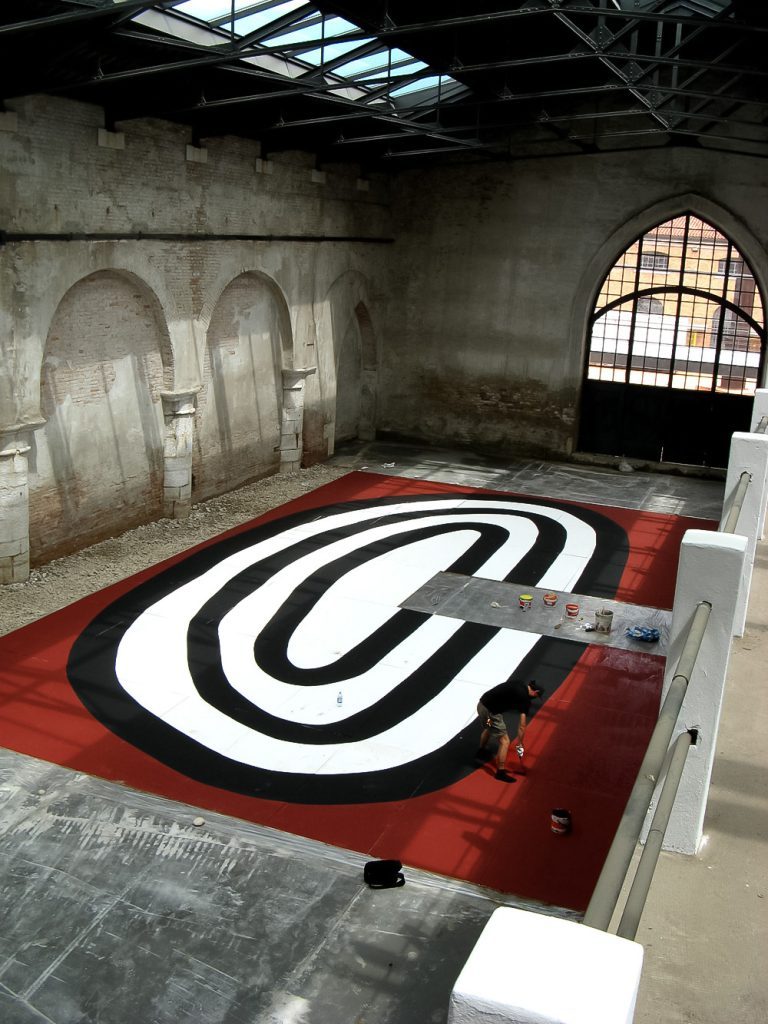

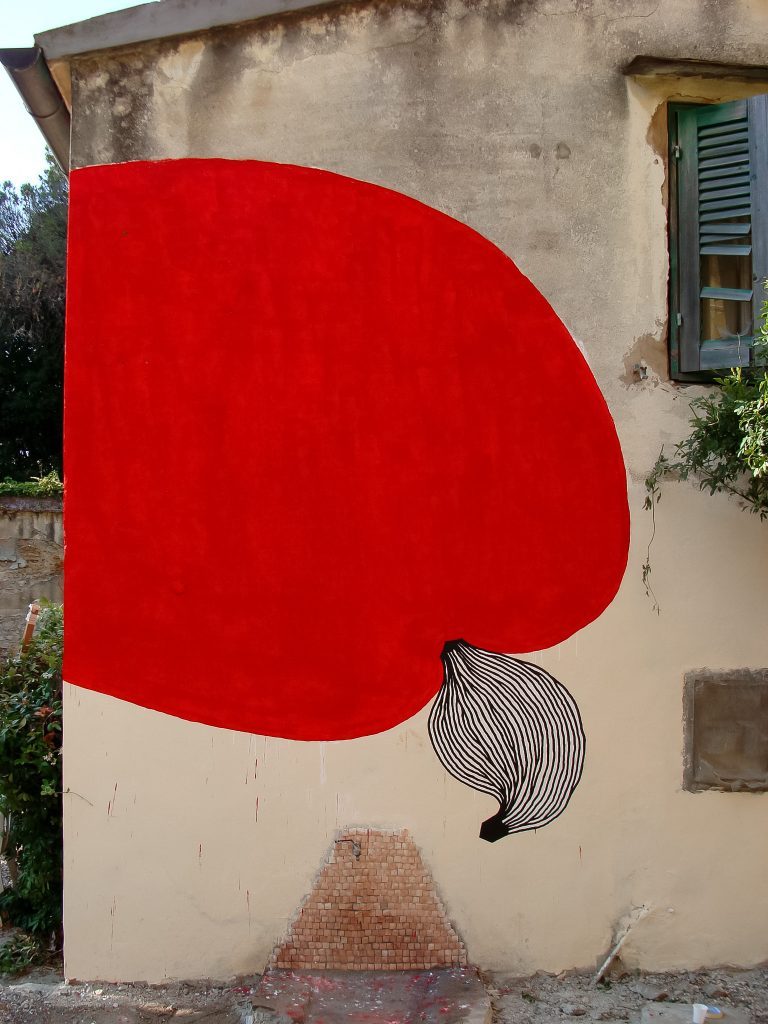



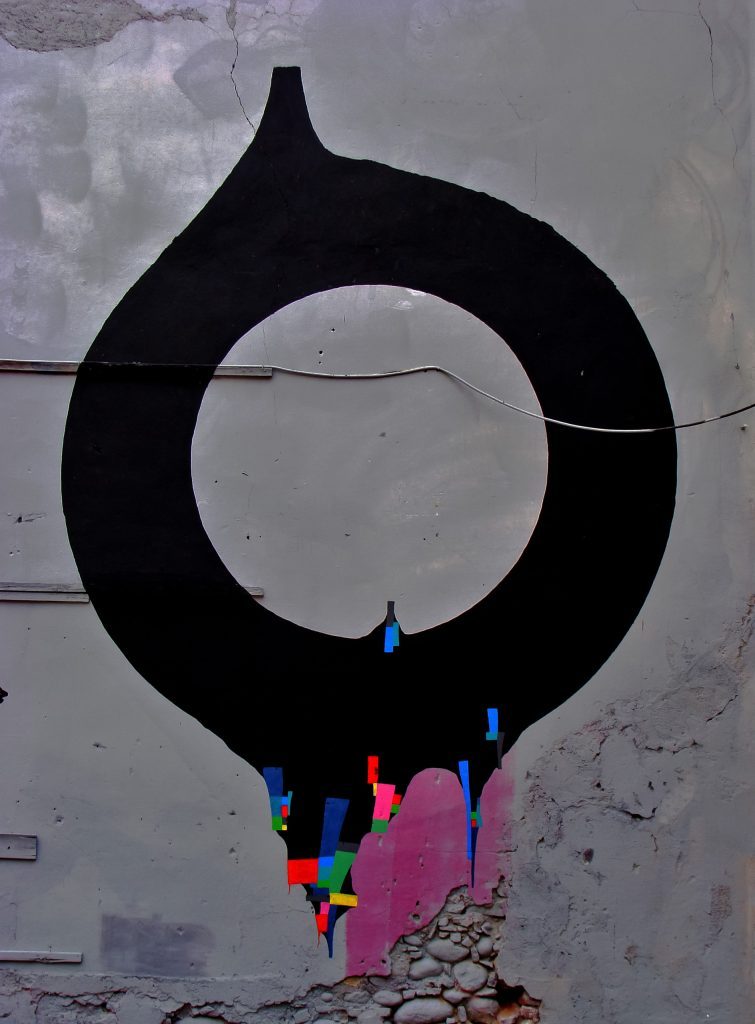
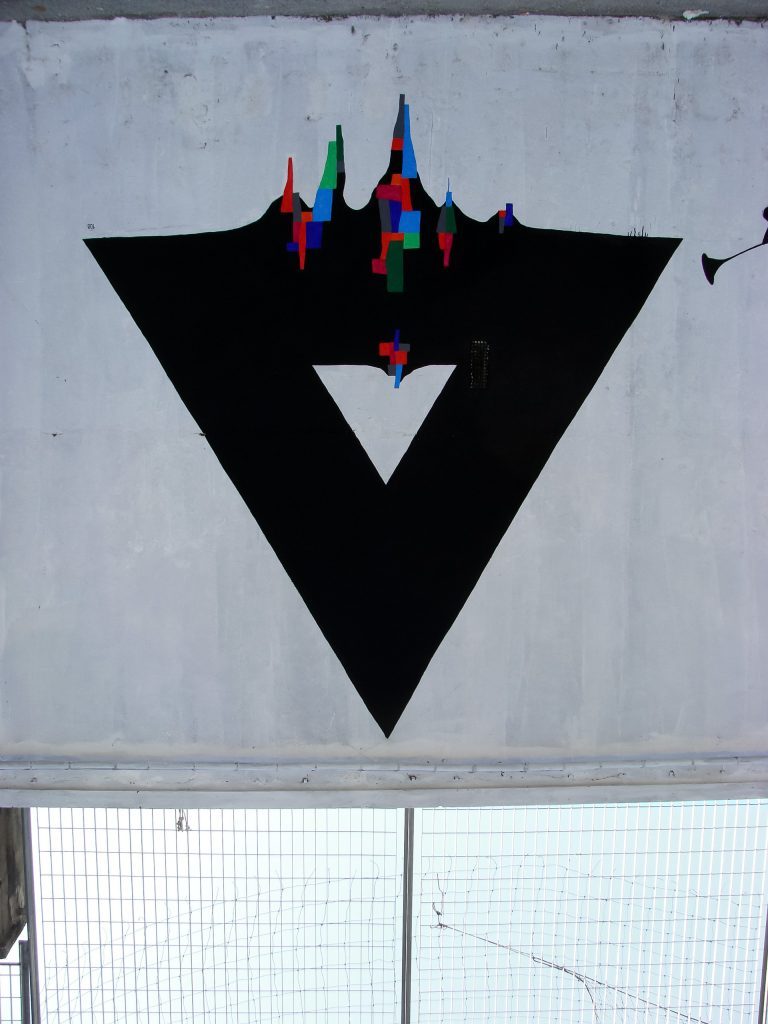

Impact of tribal art and modern art
108 decided to break away from the classical graffiti and the trends of that time to focus towards an introspective journey, experimenting with simple abstract biomorphic forms. He remembers today his discovery of abstract painting through tribal art „When I was a kid, I went crazy about a picture I found inside a book: an aboriginal man was painting inside a cave abstract motives. I think it was the first time I liked an abstract painting as a kid. Anyway, tribal art is usually powerful, honest, simple… I have a true fixation with engraved stones, especially with cup marked stones. The eastern alps are really full of them, but no one cares. Nobody knows what they are and what kind of rituals they did with them. It’s fantastic (…).“
During his studies, the Italian artist discovered the works by modern artists and related theories, like the work by Malevich, Kandinsky and Hans Arp, artists that still have a strong impact on the work by 108. With Hans Arp he shares the preoccupation with biomorphic, natural, rounded forms, which make his and Arp’s work unmistakable to this day. Concerning the theories of those artists, he says: „They wrote some of the most important texts I read about art ever. Malevich was absolute, I mean, he basically invented abstract art, and he soon reached the highest point ever. I saw some of his works in real like „The square, the circle and the cross“ and it was a mystical experience, really. I love Kandinsky too, because he was for some reasons the opposite, his paintings for me are so friendly, I can see how he enjoyed painting them. „The spiritual in art“ is like a sacred book for real, I love his connection with the spiritual side, that you can also find in Malevich, but it’s different. Later, I also discovered his connection with shamanism and I think you can clearly see it (…).“ „ I love the fact, that in their paintings you can clearly see the hands, the painting for real, the works made with hands I mean. I love the imperfections (…).“
Besides those artists, 108 also names some female Russian avant-garde artists like Olga Rosanowa and Lyubow Popowa, or the Ender brothers, Russian artists who changed the world of art and are now almost forgotten, according to him. Surrealism influenced him as well: „I like the references of automatic drawings and automatic writing in my paintings, like this surrealistic and pre-surrealistic insertions.“ (…) „I like art when it goes beyond reality. As I said, I like ancient art because it was always magic, visual and music. I like Bosch, I like the symbolists, then Dada for sure, de Chirico that probably was the greatest surrealist painter. Anyway, I love Hans Arp, I love Max Ernst, but it’s not about the paintings. I like the ideas, experimenting…and Antonine Artaud was one of the greatest influences for me. I like how he rebelled against everything, also against reality itself, and I think we really need it now.“
Besides art, 108 is interested in anthropology and ancient eastern religions. „On a less rational way, I think that for me everything is “magic” and art is always been magic. If you consider art only as something material, is completely useless“, he says.
Minimal, mysterious and powerful forms
108 describes his works after the years 2000 as abstract, primitive, spiritual, between rational and irrational. They are very personal and always connected with the unknown and with his ideas about existence, time, life and death of everything, humans, living beings in general, days, years, seasons…. He says: „I have a fixation with basic forms: stones, trees, buildings, bicycle… forming the main lines are always more important than details or colors. And there is something magical in it. My forms come from my subconscious I can say, I don’t know. It’s a magical process, I’m always searching for the perfect form.“ Randomness during the process of creation is essential to him, it has a part of magic, he says. And explaining his art works is not something he persists on: „Sometimes when you explain things, you lose the most important part about art, which is to try to communicate something you can’t explain with words.“
The art work of 108 is minimal and abstract in forms, subliming the purity of dark, biomorphic, simple abstract forms, creating enigmatic, mysterious and powerful shapes. Mainly painted in black, his shapes are impressive, floating on walls like haunted shadows, organic traces of something bigger. Natural or supernatural. Dark, absorbing and deep as they seem, they could stand – at the same time – as holes to another space, doors to another dimension, creating a kind of bridge between two worlds: the material and the invisible. The known and the unknown. Sometimes colorful details and other little forms, added to the bigger black forms, create a playful and lighter composition. The visual impression of his works is captivating, challenging and contemplative. With an incomparable symbolic and a strong visual impact, his works also express the duality of 108’s art : it’s plenitude and, at the same time, it’s emptiness. No subject, no clearly definable forms. The artist tries to transcend reality, to reinvent and change it, adding a spiritual layer, acting as a medium between art and spiritual by abandoning the control of rationality, painting guided by the subconscious. 108 is creating a kind of meta art with pure forms appearing as originated in ancient cults – enigmatic and mystical. His pieces create a unique poetic magical ambiance particularly in situ, in lost empty places, on old walls, decaying masonry surrounded by some nature. And amongst his sources of inspiration for his work, 108 cites the nature as well : “The dreams and red wine of Piedmont, the stains of moisture, moss and fog, stones, trees, winter with its snow, Etruscan writings, runes, snails, cats…(…)“.
For any new artwork 108 is creating, finding the major shape is the center of his research. And he is always trying to find the perfect one. It keeps changing, something the artist himself cannot explain. Sometimes the forms appeared in his mind. He describes it as : „This is a magic thing, I cannot find it when I want. The best time it was when I had a dream and was painting this form, so I woke up, and I draw the form. Usually I start to draw shapes with one line, I have thousands of those sheets, after 10 or more forms I start to draw automatically. Like this I made some of my series, I mean those works of 12-20 or 60 forms, I take the best shapes, and typically I paint them in black. When, with visions, dreams, automatic drawings or with other technics and external help, I find a good shape, then I start to work in it in more rational way. I make it “better”, I add stuff, colors…“.

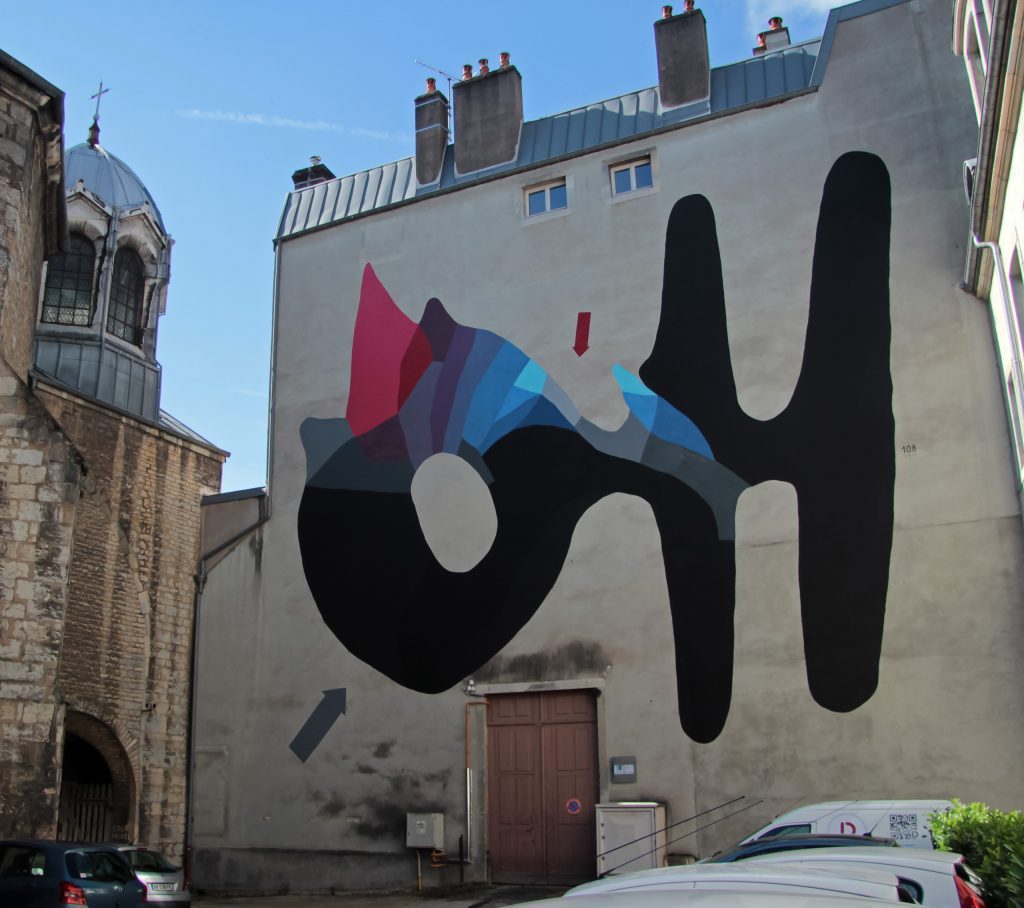
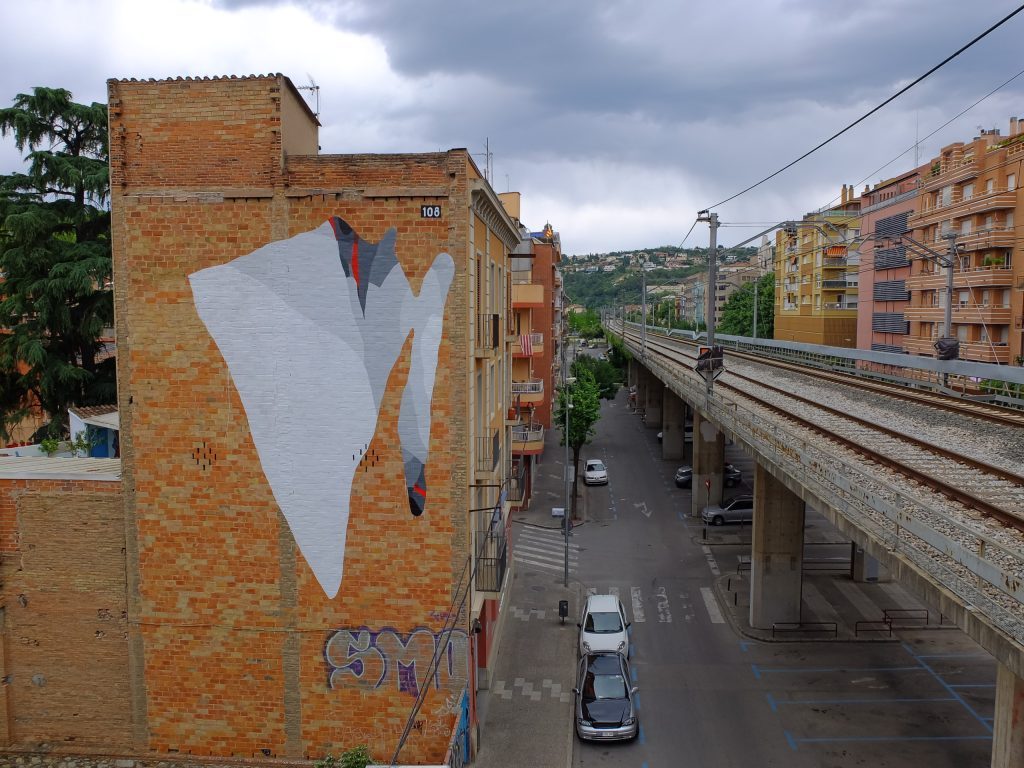


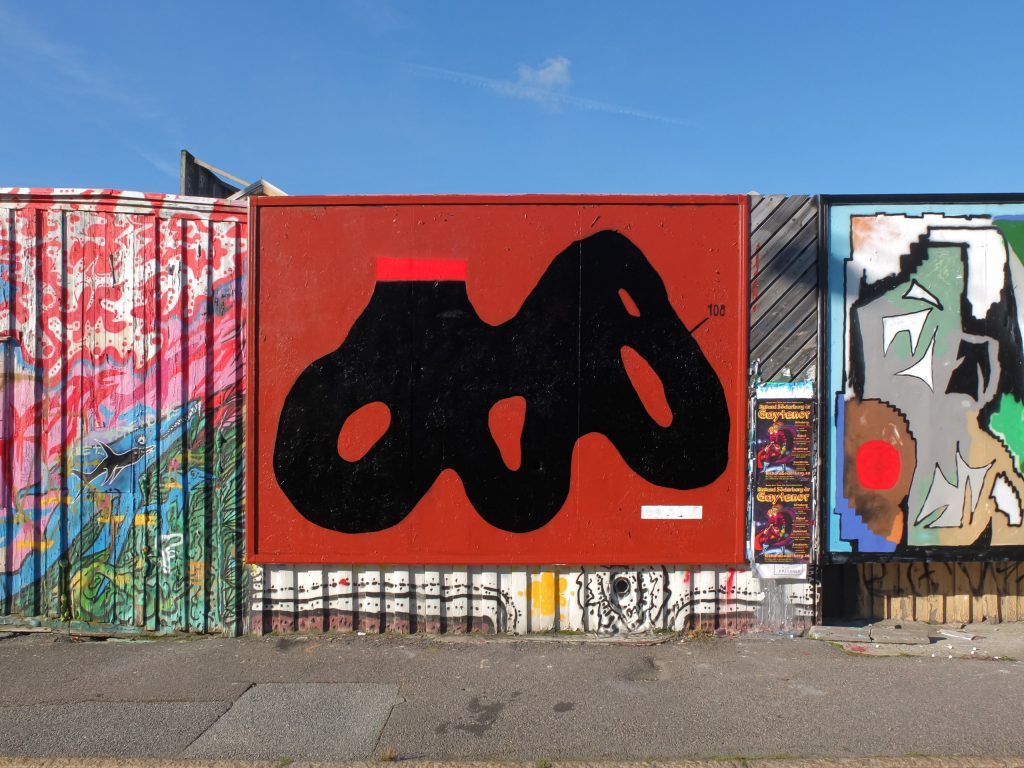



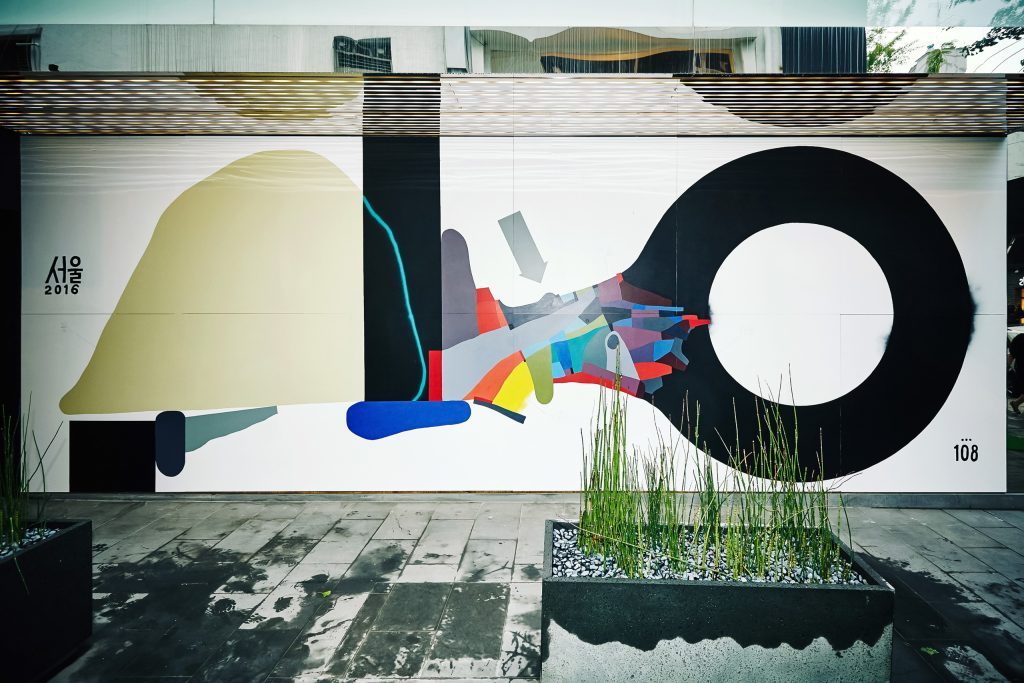


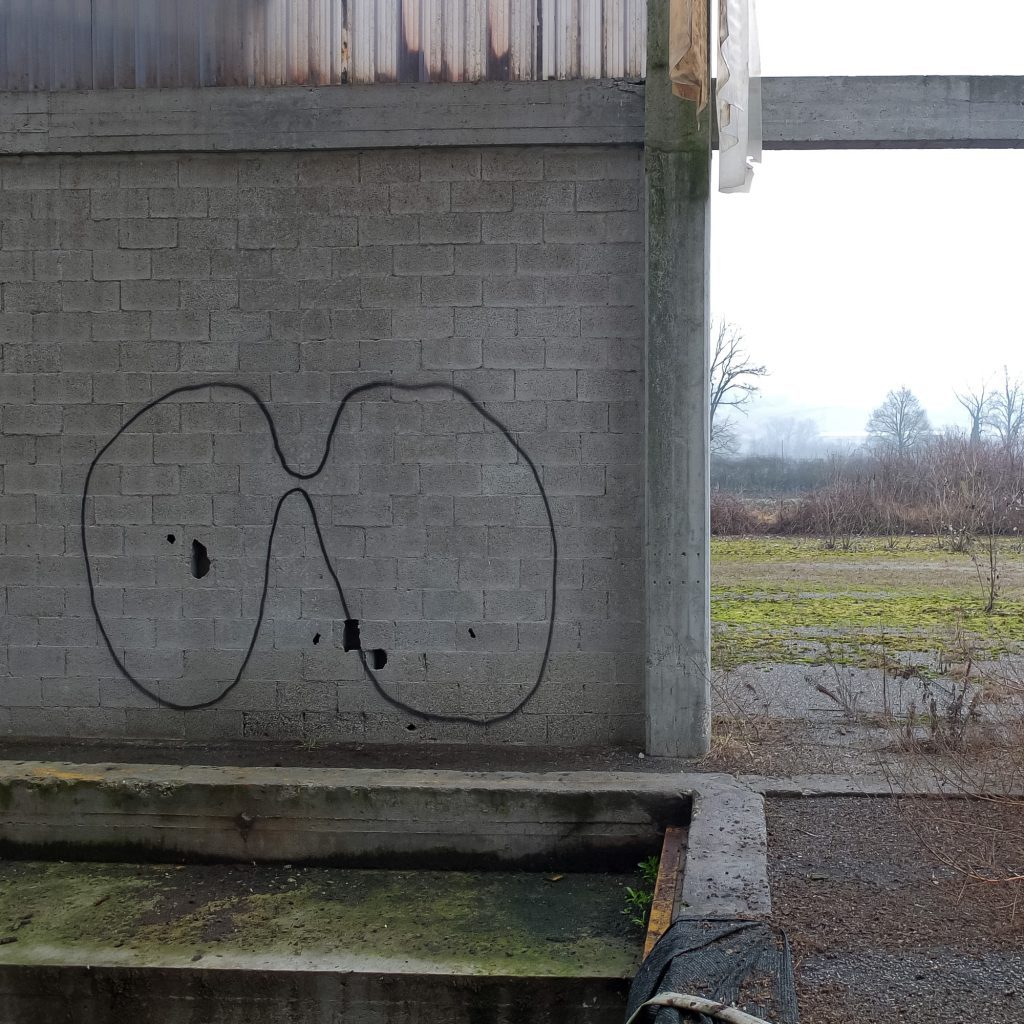

Operating approaches
For 108 the chosen spot for his next wall painting is crucial. „I think that the research for the perfect place to paint is already 50 % of the work, when you work in public spaces. Festivals are good to meet people but for me it is still important to work on un-commissioned projects: usually I check for abandoned places, especially factories…the story of the building is also important to me. I like to respect the place where I’m going to work. It happened that some walls were too nice, perfect with moss and rusty parts, and I decided to let it stay in that way. Years ago, I decided to use only black paint, because I thought it was the most respectful color for this kind of places. Now my research is mainly on classic media like paper or canvas, but my research would be totally different without the activity in public spaces.“
Most of the black color 108 uses since years is always the same, a water-based acrylic black for walls, for exteriors, and it’s the blackest black, has a lot of pigments, according to him. He paints with it on canvas and on paper, because the deep black still remains even if he adds some water to make it very liquid. His work is constantly dominated by black, adding sometimes some colors. He explains: “My main focus was to concentrate in the shape, the form and for me the black color is very important, it’s a symbol and the most powerful color to make forms. Also, I think that black was the most elegant color to paint when I was doing some illegal walls in the street. When you paint inside and old place, I feel black is the most natural color, introducing others I feel it could be disrespectful with the place. There are many books I love that talk about philosophy around black, it turns as a manifesto and a statement to me (…)“. Concerning other colors in his works, over time their proportion to the dominant black in a composition has changed several times. In some works, color was marginal and reduced to thin lines that entered the preponderant black shade and were mostly absorbed by it. For preparing a new painting, 108 never does a sketch in advance: “I like to sketch a lot, but I like the sketch itself and I use it to exercise myself, not to prepare a specific work. To make a project, sketching is not part of my process, when people ask me for a sketch for a commission work, it’s not a good thing for me. I’m trying to avoid it completely. For me painting is a process, or a ritual, it’s not only about the final product. I’m struggling a lot with this. In the future, I would like to free myself as much as I can.“
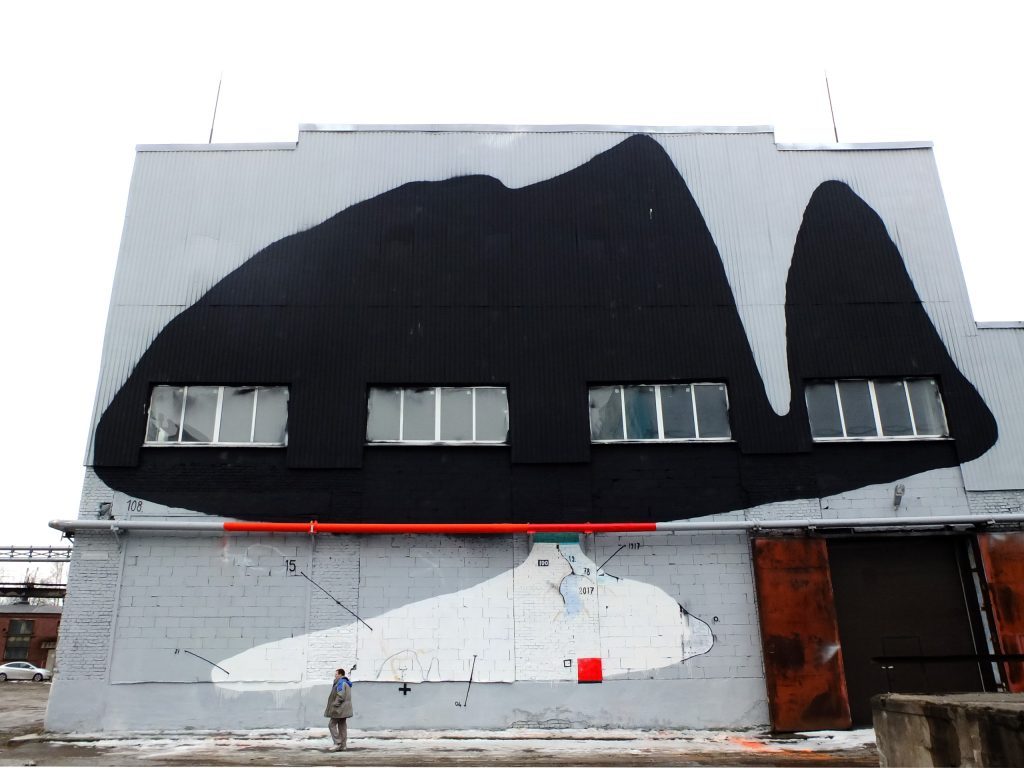


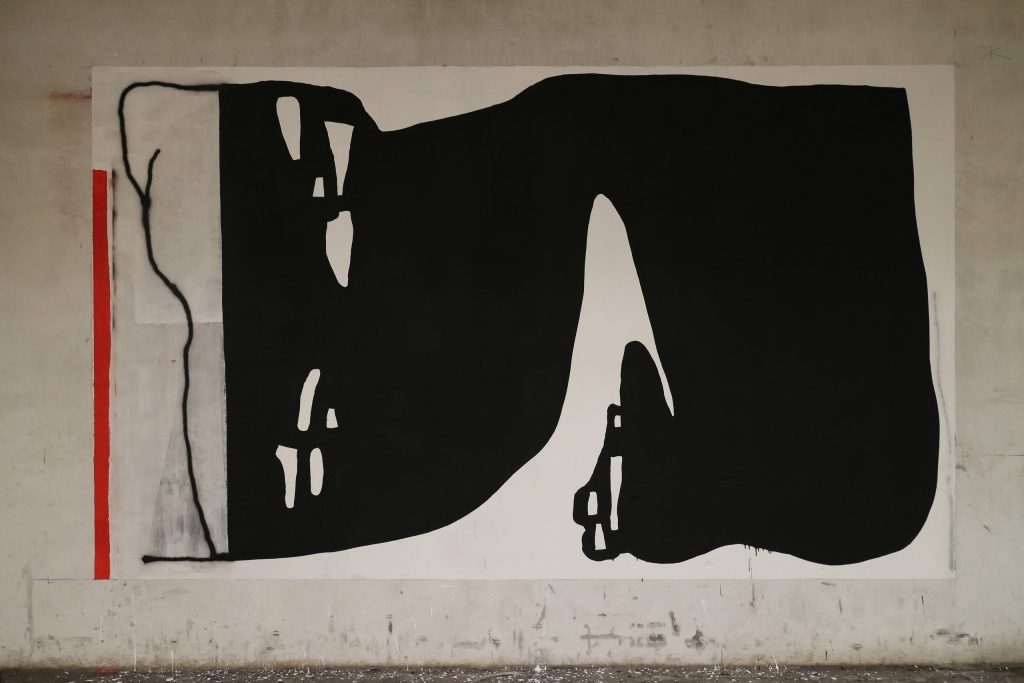


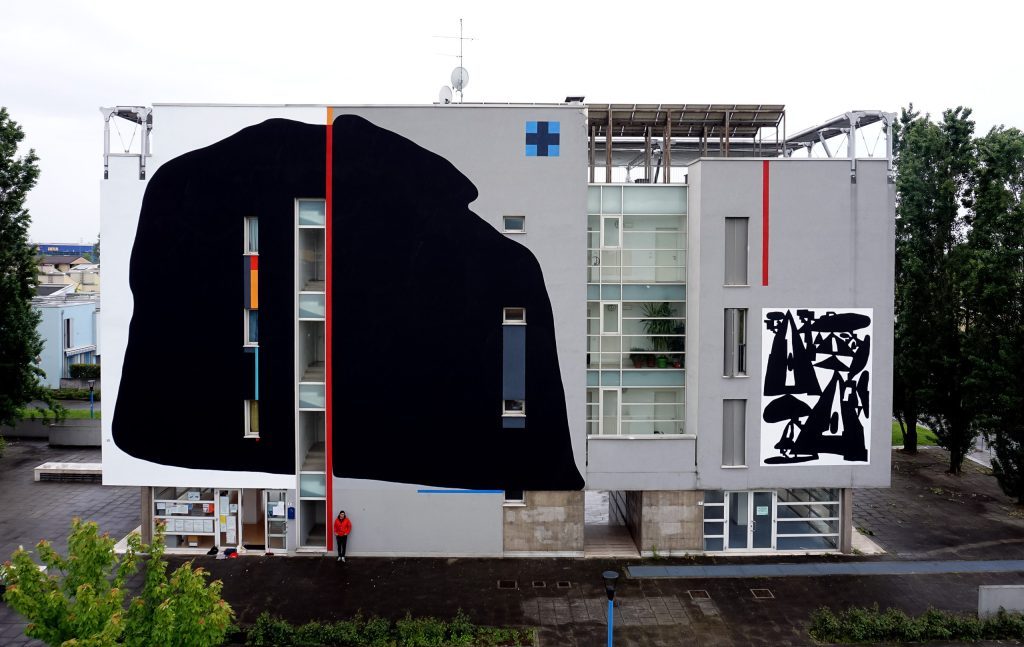
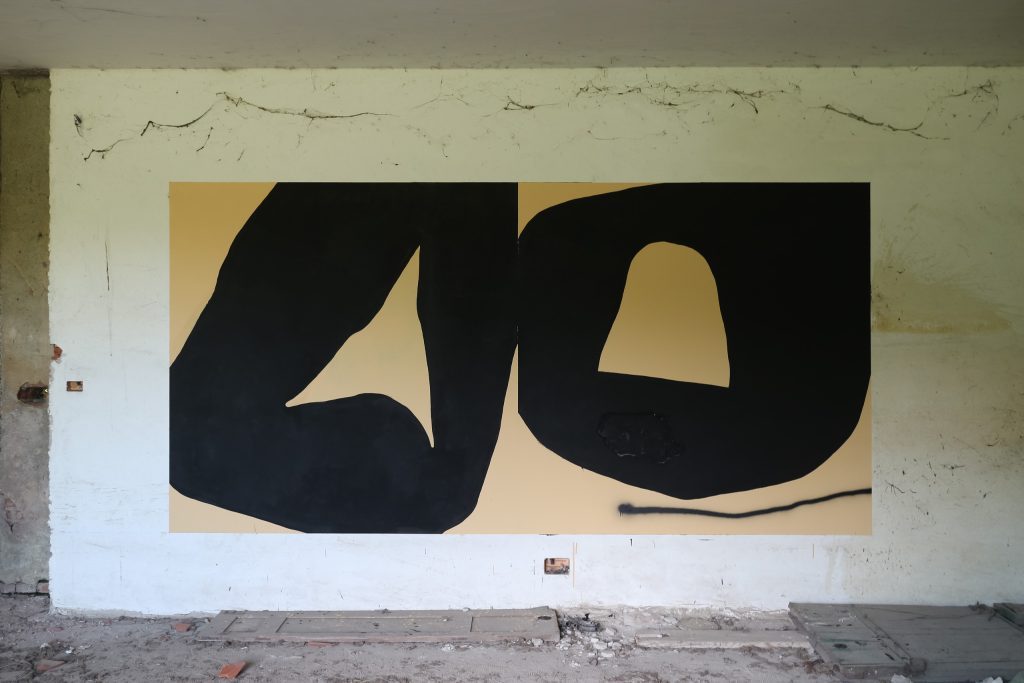
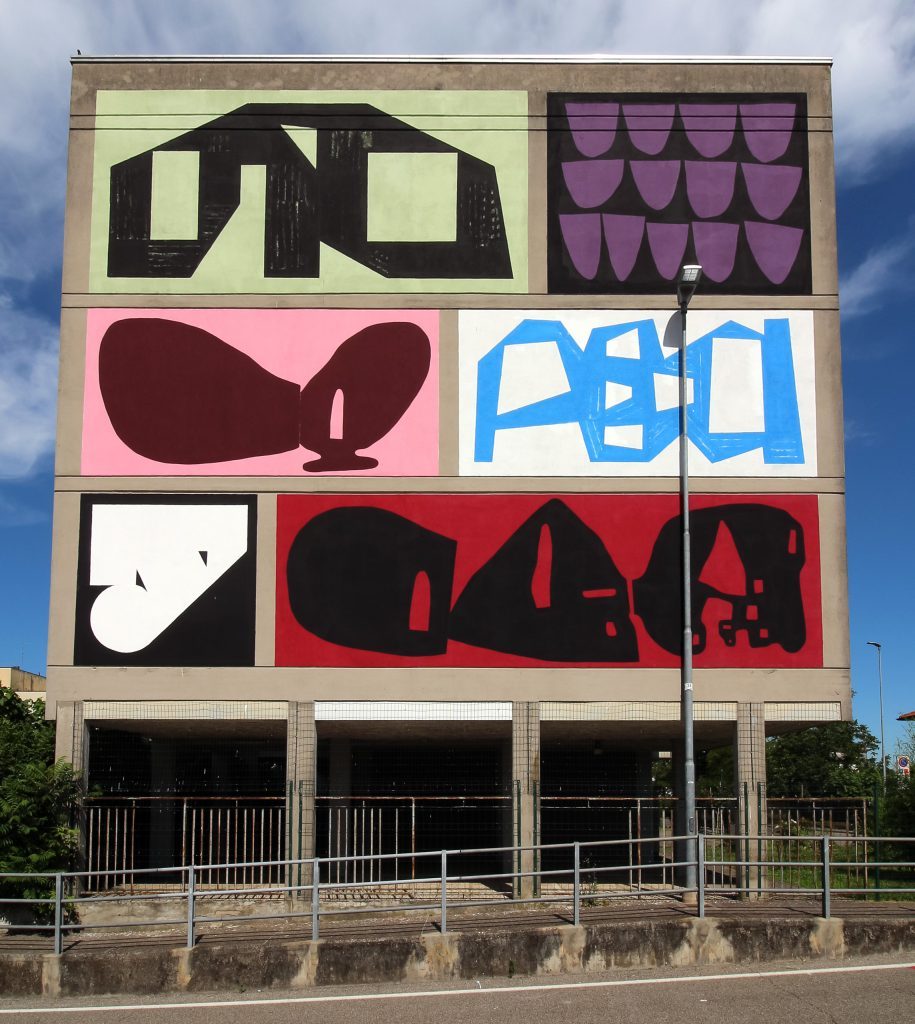
Studio works and exhibiting
Besides his work outdoors, 108 paints on canvas and paper, creates ceramics, sculptures, site-specific installations and wall paintings in museum and gallery spaces.
108 exhibited his work in numerous projects, festivals, group and solo shows. He participated at the Venice Biennale in Italy in 2007 as a part of the „Walls inside“ project, along with fellow artists JR and DAIM. Other exhibitions include the Biennale of Urban Art „Atmossphere“ in Moscow in 2014, the group show „Mapping the city“ in 2015 in London, shows at Galleria Varsi in Rome, Galerie Céeal M13 in Paris, Slika Galerie in Lyon, Antonio Colombo Arte Contemporanea in Milan and Swinton Gallery in Madrid in 2021.
Together with Italian friend and artist CT, 108 found a way to work in a space without any pressure or requests and free to create wall paintings whenever they want. Their independent project, called VLNV, started some years ago. It originated many wall paintings inside a great abandoned building, and they decided to do treat it like a museum. They took measures, are curating it slowly, creating pieces side by side. The resulting pieces contrast in their forms yet harmonize side by side, through their unique minimal shapes that are reduced to the essentials. But the idea of their project is not only about aesthetics, it is developing and creating something big, without any commission, permission or budget. The only material they need, the paint for the walls, are leftovers found by CT. For both artists, living in the same region, it is also a way to make a political statement as visual artists, because they live in a country and in a region where there are no spaces or any public support for artists but at the same time it is full of abandoned and empty buildings. Concerning the independence and freedom of artists, 108 says: „I think an artist should be as free as possible, first. An artist for me is a seeker of wonders. I mean our society is imperfect, our world is imperfect, we must survive for years, as much as we can, just to die in the end. The artist should be the healer in our society. The artist in general I mean, since when I was able to think, art healed me…“.

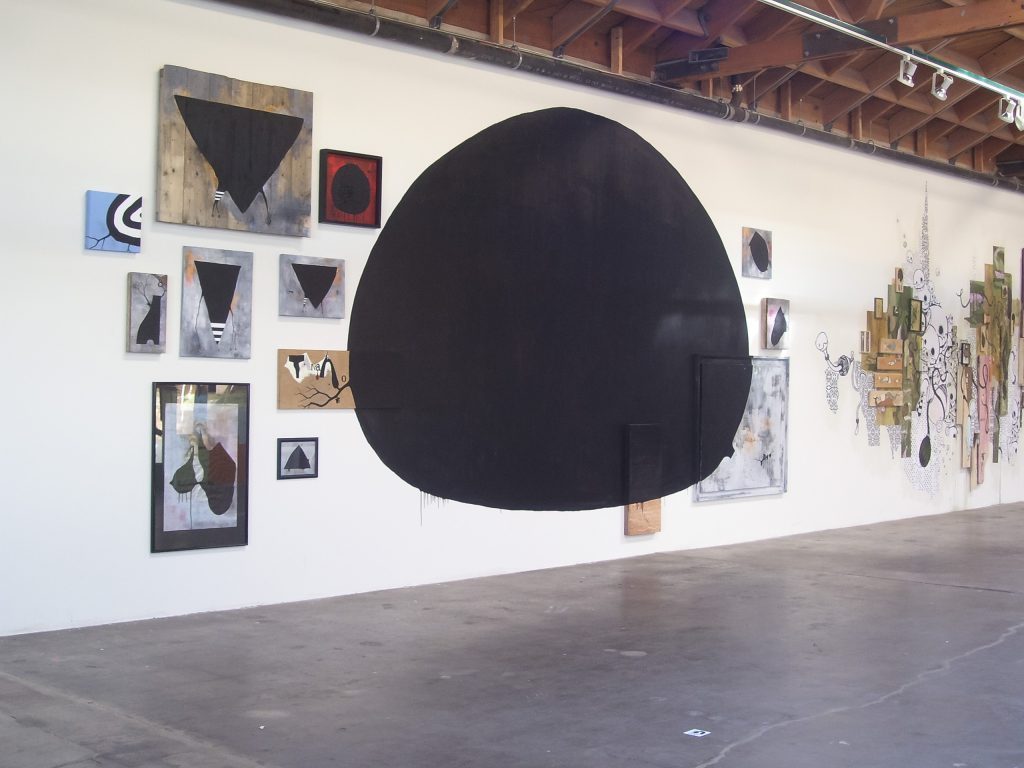

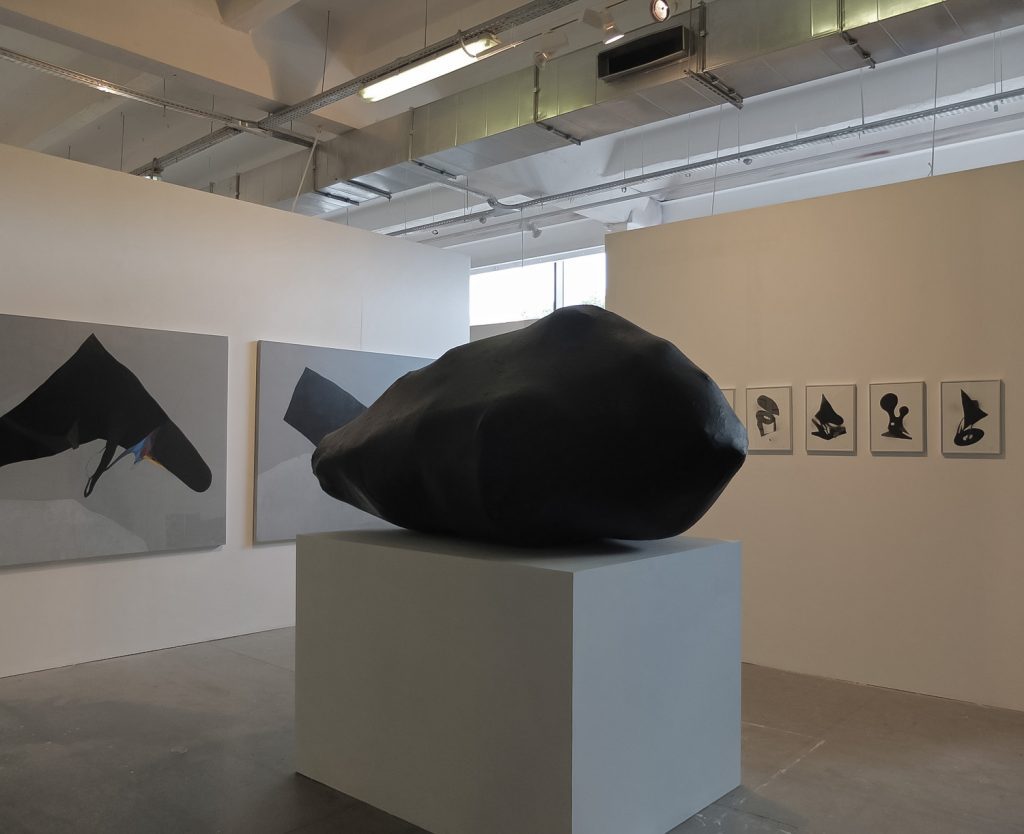
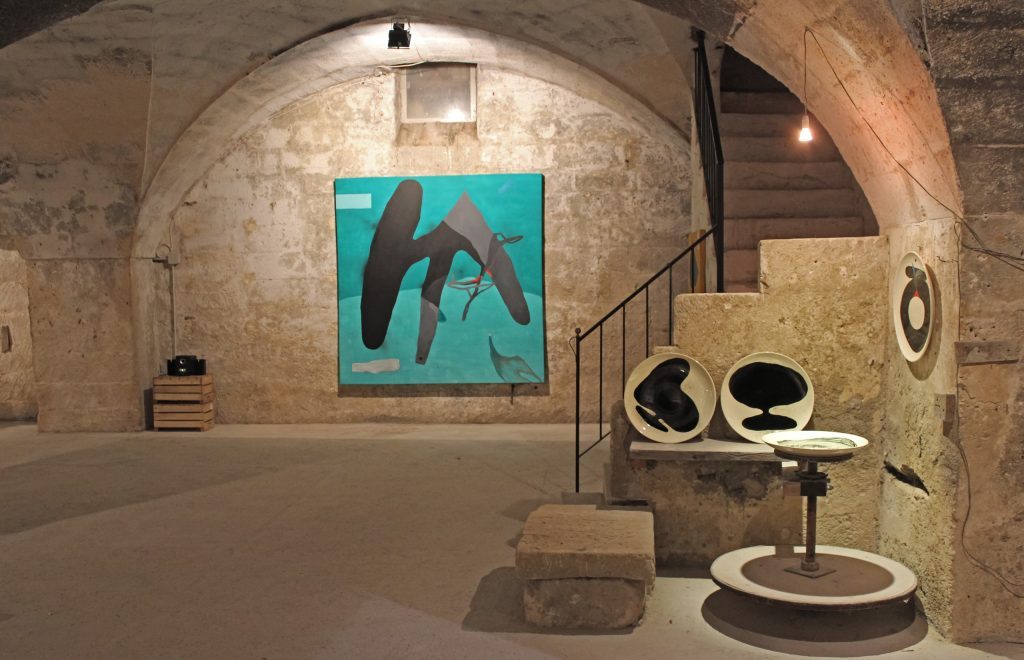

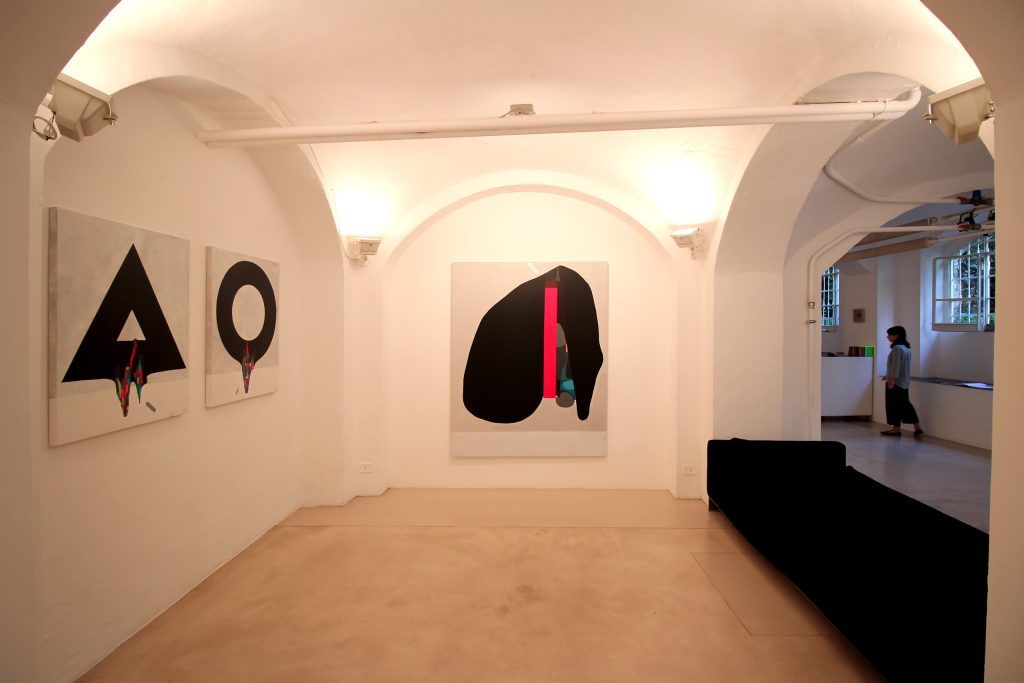
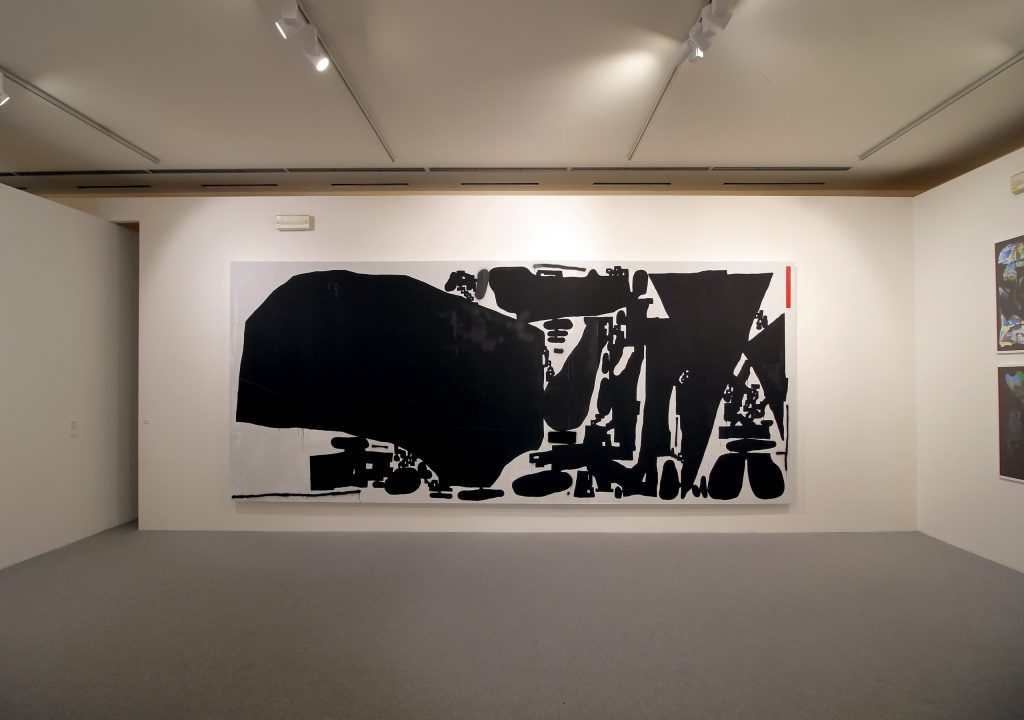
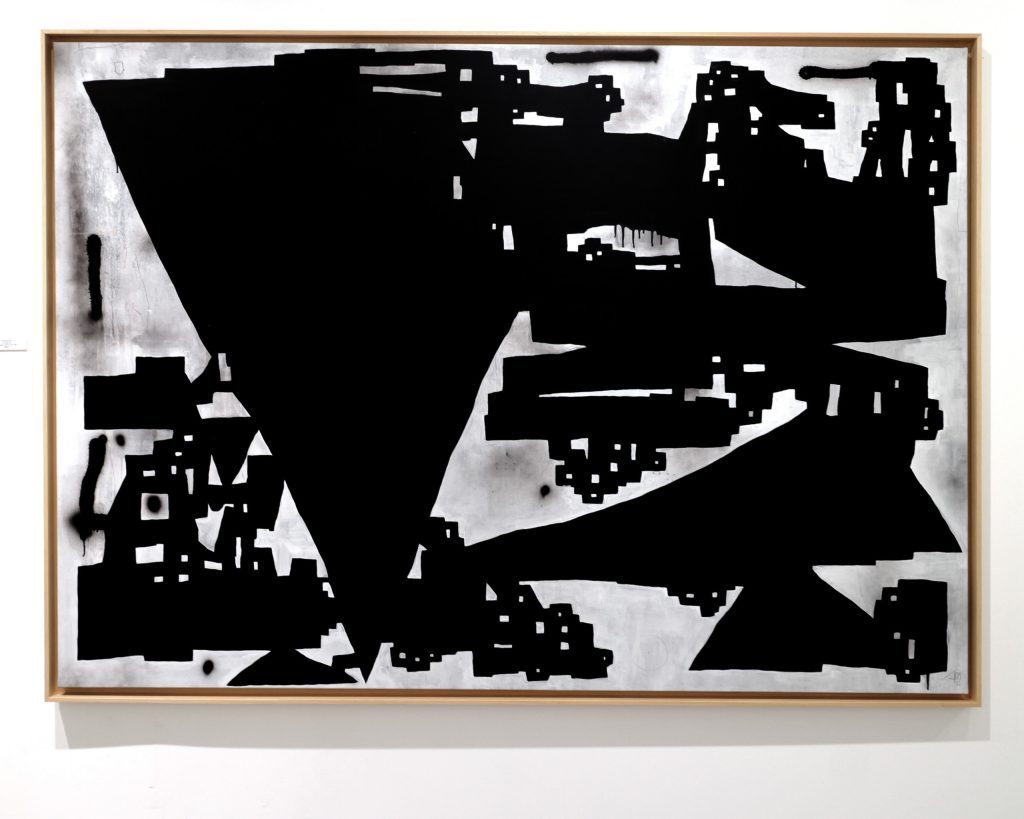

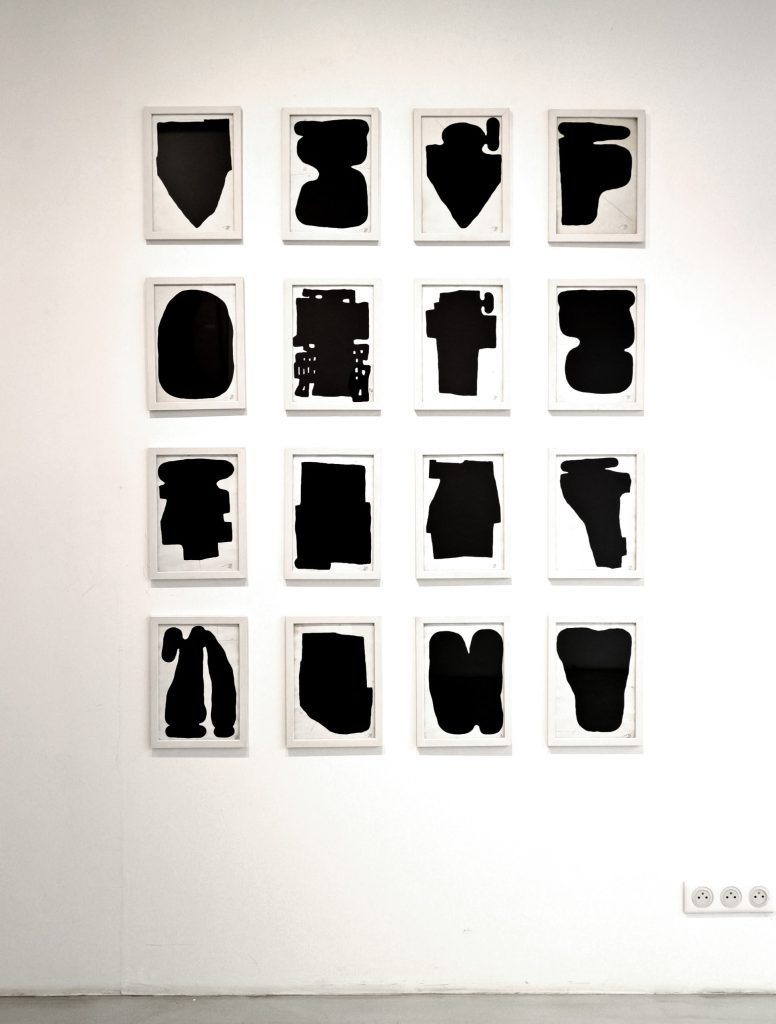

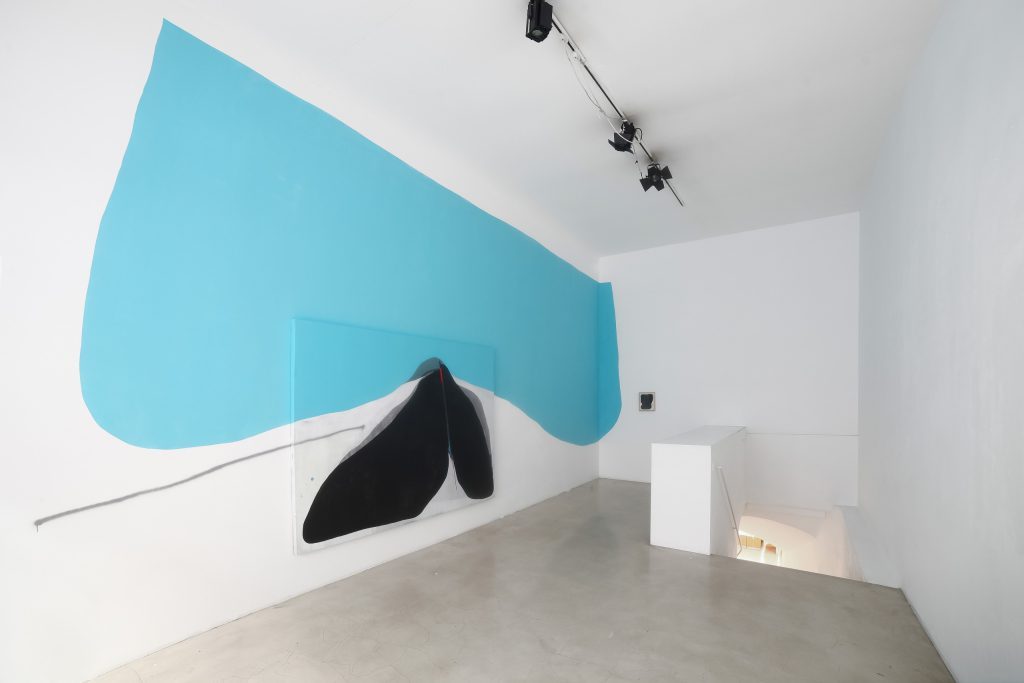


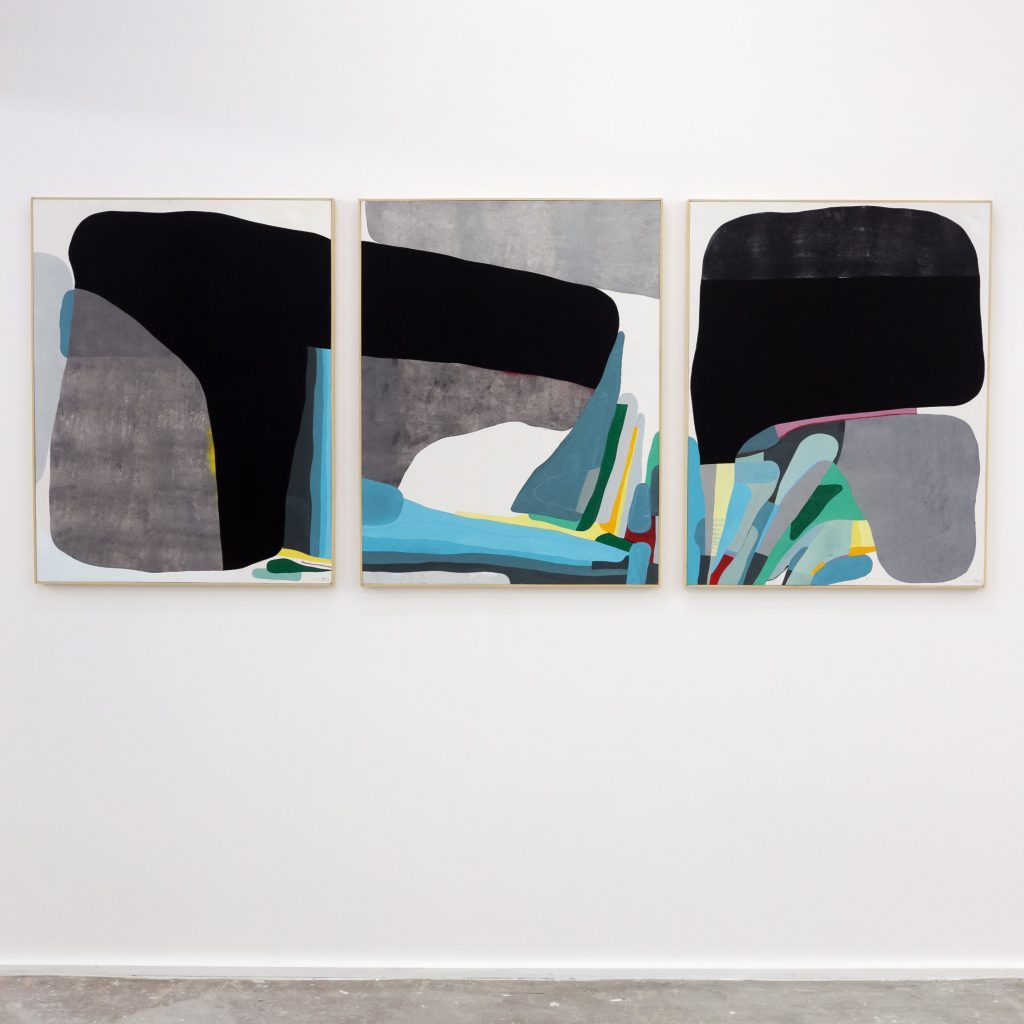



1,057 views
Categories
Tags:






Leave a Reply